|
It may still be summer, but the tease of fall is in the air. A smattering of leaves are beginning to float down from the deciduous trees, the sun is setting earlier in the evening and rising later in the morning. I’m hearing less hummingbird chatter, which means they have begun their migration south. This past week, daytime temperatures have been mild, with deliciously cool nights. All of this is a reminder that autumn is rapidly approaching. Just as the seasons shift, so too do our cravings at the table and in the glass. While red, white, and rosé wines can be enjoyed year-round, many wine lovers have seasonal favorites. As autumn and cool temps advance, red wines often take center stage, edging out the lighter wines that we enjoy in summer’s heat. Here are three red wines to welcome autumn. Domaine Bousquet Reserve Organic Malbec 2023 Domaine Bousquet has made frequent appearances on my website, and I’ve enjoyed reviewing their wines on numerous occasions. This family-owned estate is located in the Gualtallary Valley, high up in the Tupungato district of the Uco Valley in Argentina’s Mendoza region. It is Argentina’s largest producer and exporter of organically grown wines. To learn more about their vineyards and wines, click “Domaine Bousquet” in the Categories section on the right. This wine is a blend of 85% Malbec, 5% Merlot, 5% Syrah, and 5% Cabernet Sauvignon. These certified organically grown grapes are harvested from the estate’s best plots in the Uco Valley. This wine is aged 50% in 2nd-use 400L French oak barrels for six months, with the remaining in stainless steel and concrete tanks. Nose: Dark berries, plum, and spice, with a hint of floral and oak. Palate: Layered with plum, blackberry, raspberry, dark cherry, chocolate, and pepper, ending on a long, silky finish. Nicely balanced with soft tannins and good acidity. Alcohol: 14.5% SRP: $18 Pairing suggestions: Grilled meat, pasta, stews, seared tuna, and spicy Asian cuisine. Famiglia Cotarella Sodale Merlot Lazio IGT 2020 Famiglia Cotarella is family-owned business spanning three generations of grape growers and winemakers from Umbria, Italy. Today, sisters Dominga, Marta, and Enrica Cotarella control the family estates. Their mission is to further tie the company’s identity to its native terroir and the family name. Their portfolio includes classic Italian blends and single varietal expressions of Merlot and Sangiovese from Lazio, Umbria, and Montalcino. This wine is 100% Merlot. Grapes were hand-harvested from vineyards in the Lazio region. After fermentation, the wine was aged for nine months in neutral French oak barrels. Fined and lightly filtered before bottling, the finished wine was aged for several months in bottle before its release to market. Nose: Violets, red fruit, baking spice, and subtle hints of cherry. Palate: Round and smooth with notes of dark berries, plum, dark cherry, and spice. A touch of vanilla and cherry tobacco lingers on a long finish. Alcohol: 14.5% SRP: $25.99 Pairing suggestions: Roasts, game, poultry, mushroom risotto, and hearty stew.. Lázuli Cabernet Sauvignon 2017 Vina Aquitania is a partnership of four distinguished winemakers and vineyard owners. Bruno Prats and Paul Pontallier (RIP) of the Bordeaux region, Ghislain De Montgolfier of Champagne, and Felipe De Solminihac, a renowned oenologist in Chile. They produce limited quantities of Chilean wine inspired by the Bordeaux tradition. This wine is 100% Cabernet Sauvignon, hand-harvested from 25 to 30-year-old vines planted in Peñalolén, a commune bordering Santiago de Chile at an elevation of 2,300 feet in the Maipo Andes. The wine was aged for 16 months in French oak barrels and is named after Lapis Lazuli, the beautiful blue gemstone found in Chile. Nose: Lots of dark fruit, floral notes, jammy plum, and subtle hints of baking spice, earth, and herbs. Palate: Aromas segue onto the palate with blackberry and cherry tobacco. This is a balanced and complex wine with a playful amount of acidity. Alcohol: 14.5% SRP: $45 Pairing suggestions: Enjoy with roasted meat, venison, seared tuna, spicy cuisine, and dark chocolate desserts. What red wine will you pour as the leaves turn? Until next time…
Cheers! Penina To leave a comment or if you have an inquiry, please contact me at [email protected] With over 20 grape varieties grown in Chile, the Carménère grape has become Chile’s “signature” grape. Carménère is a member of the Cabernet family and was originally planted in the Medoc region of Bordeaux, France. It is considered part of the original six grapes of Bordeaux. The name Carménère is derived from the French word crimson. It was thought to be extinct after the European phylloxera outbreaks in the 19th century. However, the grape was rediscovered in Chile in the 1990s. Chile now has the largest area of planted Carménère in the world. Today, Carménère grows chiefly in the Colchagua Valley, Rapel Valley, and Maipo Province of Chile and produces the majority of Carménère wines. Carménère is known for its deep red color with fruit-driven blackberry, cherry and spice flavors. Here is a sampling of six noteworthy wines. In Situ Reserva Carménère 2021 José Vincente founded In Situ Family Vineyards in 1974. After growing grapes for 20 years, he and his son Horacio decided to build a winery and produce high-quality wines in the Aconcagua Valley. The winery is located in San Esteban, Region V, Chile. The Upper Aconcagua terroirs are well-suited to wine growing with a unique combination of soil, light, and water. This wine is 95% Carménère and 5% Cabernet Sauvignon, handpicked from two vineyards. One is located on the slopes of Paidahuen hill (3,000 feet above sea level); the other vineyard is on the riverbanks of the Aconcagua River. The wine is aged in 50% French and 50% American 225-litre oak barrels for 12 months. After bottling, this wine was aged for at least three additional months before release. Nose: Dark fruit, spice, herbal notes, and a hint of cedar. Palate: Dark cherry, dark berries, baking spice, anise, a hint of cocoa, and acidity blended into the mix. Alcohol: 13% SRP: $13 Pairing suggestions: In Situ suggests honey-roasted lamb or pork in mustard sauce. Try seared tuna in peppercorn sauce as well. InVINA Luma Chequen Gran Reserva Carménère 2020 InVina is a family-owned winery that the Huber family founded in 2007. With over 20 years of experience in Chilean viticulture and wine, they are focused on investing in and developing vineyards in the Maule Valley. They are also focused on producing quality grapes and wine. This 100% Carménère is handpicked from the best lots of InVina’s estate vineyards in the Maule Valley appellation. The wine is aged in oak barrels for 12 months and bottled with minimum filtration. Nose: Ripe, lush berries, cherry, herbs, forest floor, and a hint of bell pepper. Palate: Dark cherry, blueberry, baking spice, chocolate, and pepper. It is a smooth and fresh wine with a hint of sapidity on the finish. Alcohol: 13.9% SRP: $17 Pairing suggestions: Enjoy with aged cheese, game, beef stew, spicy cuisine, or vegetable risotto. Morandé Vitis Única Carménère 2021 Viña Morandé was founded by Pablo Morandé in 1996. He was the first person to plant vines in the Casablanca Valley, and also has vineyards in Maule Valley and Maipo Valley. The company is dedicated to implementing sustainable practices to benefit the environment in their decision-making processes. Their eye is on traditional with an innovative spirit in the vineyards and winery. The grapes for this 100% Carménère are handpicked from the San Bernardo estate, located in the Maipo Valley. The vines are planted in a bed of pure gravel. This wine is aged for about 16 months in 80% French oak foudres and 20% in new French oak barrels. Nose: Hints of violet with cherry, dark berries, baking spice, pepper, and espresso beans. Palate: Aromas segue onto the palate with persistent and vibrant fruit, earthy forest floor, and smooth tannins. The finish is long, with chocolate, spice, and cherry lingering. Alcohol: 13.5% SRP: $20 Pairing suggestions: Viña Morandé suggests stews, white meat, creamy pasta, young cheese, and dark chocolate. Primus Carménère D.O Apalta 2020 Primus Winery was founded over 20 years ago by Agustin Hunneus. The estate is located in Apalta, a sub-region of Colchagua Valley. This exclusive appellation gained Denomination of Origin (D.O.) status in 2018. Only seven wineries have the privilege of owning vineyards here. Primus is Latin for “the first” or “the first among its peers.” Primus is the pioneering regenerative organic and biodynamic winery of Apalta, with vines dating back to 1889. The grapes for this 100% Carménère were harvested from the highest part of their organic vineyard and in the lower part of the property as well. The wine was aged 12 months in French oak barrels, 18% new barrels. Nose: A hint of floral with cherry, blueberry, spice, herbs, and cocoa. Palate: Vibrant and fruity with dark cherry, berries, baking spice, and silky tannins. A touch of pepper and minerality linger on a long finish. Alcohol: 14.5% SRP: $21 Pairing suggestions: Primus suggests beef empanadas, lamb curry, and stews. TerraNoble CA2 Costa 2020 TerraNoble, founded in 1993, is in the Maule Valley of Chile. TerraNoble initially presented itself as a boutique winery specializing in Merlot. However, in 1994, Chilean Merlot was identified as Carménère, so TerraNoble committed to this rediscovered variety. Since then, they have extended viticultural experimentation and innovative winemaking practices to the Colchagua and Casablanca valleys. The grapes for this 100% Carménère are handpicked from their vineyard plots in the Colchagua Valley ’Costa’, Lolol vineyard, 40 kilometers from the ocean. 58% of the wine was aged in untoasted foudres, and 42% in new and previously used 300-lt French oak barrels for 16 months. It was then further aged for nine months in bottle. Nose: Lush red fruit, spice, earth, dark coffee beans, and herbs. Palate: Dark berries, herbs, and spice blend with silky tannins that are nicely balanced with acidity. The finish is long, with dark chocolate, espresso, and a hint of herbs and minerality lingering. Alcohol: 14.5% SRP: $36 Pairing suggestions: TerraNoble suggests thick ribs, oven-roasted beef brisket, risotto, or seasoned foods. Montes Wings Carménère 2020 Montes Winery is based in the Colchagua Valley, Chile, with its vineyards spread throughout the country. It was established in 1987 by original partners Aurelio Montes and Douglas Murray. In 1988, Alfredo Vidaurre and Pedro Grand joined the partnership. These visionaries created a company recognized worldwide today, with their wines exported to over a hundred countries. Wings was created from a long-running dispute between Aurelio Monte Sr. and his son, Aurelio Jr. His son wanted to produce a “more free-flowing style of Carménère.” The result is Wings. It is 85% Carménère and 15% Cabernet Franc. Grapes for this wine are sourced and hand-picked from their Finca de Apalta estate in the Colchagua Valley. The wine was aged in new French oak barrels (80%) and second- and third-use barrels (20%) for 16 months before bottling. Nose: Dark berries, cherry, pepper, baking spice, tobacco, and a hint of fig. Palate: Lush dark fruit with spice and a touch of dark chocolate lingering on a long finish. Beautifully structured and complex. It will only get better with age! Alcohol: 14.5% SRP: $55 Pairing suggestions: Aged cheese platter, roasted/grilled meat, mushroom stew, lamb chops, or vegetable risotto. Happy sipping! Until next time…
Cheers! Penina To leave a comment or if you have an inquiry, please contact me at [email protected] Labor Day has come and gone, and we have flipped the calendar page to September. However, summer isn’t officially over until September 22nd. We still have more beach days, picnics, grilling, outdoor concerts, and summer sunsets to enjoy! With that in mind, here are four wines that will take you through the end of summer, into the fall, and even winter! Moser 51.151 Trentodoc Brut Sparkling Wine NV Moser Winery, located in Trentino, Italy, was established in 1979 by Diego and Francesco Moser. Today, the winery is run by third-generation Carlo and Matteo, who combine family traditions with innovative and modern winemaking techniques. Moser winery sits among the Dolomites in the Trentodoc appellation, with vineyards benefiting from micro-climates and diurnal variations. This sparkling wine is produced in the Metodo Classico method, with 100% Chardonnay grapes grown on limestone soils in the Trento DOC Bianco appellation. Secondary fermentation and aging occur in bottle for 15 months on the lees. Nose: Floral, apples, citrus zest, white stone fruit, and baked croissant. Palate: A crisp and lively wine with fine perlage and notes of minerality, sapidity, and a touch of lemon zest on the finish. Alcohol: 12.5% SRP: $23 Pairing suggestions: Enjoy as an aperitif or with light appetizers, seafood, mushroom risotto, and dessert. Bolla Pinot Grigio Delle Venezie DOC 2023 Bolla Winery was founded in 1883 by Alberto Bolla in Soave. In 1931, he opened a winery in Pedemonte, a town in the province of Vicenza, Veneto, Italy. And in 2006, Gruppo Italiano Vini purchased the company. In 2016, Pinot Grigio attained DOC status in the geographical area of Veneto, Friuli-Venezia Giulia, and Trentino for the production of Pinot Grigio Delle Venezie DOC. The DOC Delle Venezie covers almost 28 thousand hectares of vineyards, encompassing the entire northeast area of Italy! The grapes for this 100% Pinot Grigio are sourced from hillside vineyards in Delle Venezie. Nose: White stone fruit, citrus, green apple, and melon. Palate: Light with crisp acidity, minerality, and hints of melon and peach lingering on the finish. Alcohol: 12% SRP: $11.99 Pairing suggestions: Enjoy as an aperitif or with seafood (especially oily fish) or shellfish. Also, white meat, light pasta, salads, and vegetable risotto pair nicely. Avivo Rosé Wine 2023 Avivo Wines is led by Ridgely Evers, Founder & CEO, and Daniel Fitzgerald, Director of Winemaking and owner. Their mission and goal is to make “clean wines.” They are committed to transparency and regenerative agriculture that reaches beyond sustainability in the vineyard and winery. In addition, AVIVO packages its wines in lightweight glass and uses Nomacorc Ocean corks made from recycled marine plastic waste. The blend for this rosé is 95% Sangiovese and 5% Syrah. The grapes are sourced from Ledbetter Family Vineyards in Lodi, CA. Fermentation took place in neutral oak and was aged in neutral French oak barrels for five months. Nose: Floral notes, red berries, vanilla, and a dash of citrus. Palate: Expressive! Dry, racy acidity, raspberry, melon, and a touch of cherry and pepper on the finish. Oh my! Alcohol: 12.8% SRP: $24 Pairing suggestions: Enjoy as an aperitif or with appetizers, seafood, crab quiche, light pasta, or grilled chicken. San Pedro 1865 Selected Vineyards Carmenère 2019 Viña San Pedro is situated in Maule Valley, Chile. It was founded in 1865, hence the name of the wine. Today, it is one of the largest and oldest exporters of Chilean wine. The grapes for this 100% Carmenère were sourced from San Pedro’s vineyards in Pencahue in the Maule Valley, and production took place at their Molina Winery in the Curicó Valley, 200 km south of Santiago. After fermentation, the wine was aged 12 months in French oak barrels (90%) and American oak (10%). 20% of the barrels were new. Nose: Intoxicating notes of dark fruit, cherry, baking spice, herbs, and pepper. Palate: Smooth tannins, rich and savory, with juicy blackberry and cherry leading the parade, followed by a hint of plum and a grand finale of cherry fusing with subtle herbs and pepper on a long finish. Alcohol: 14.5 % SRP: $20 Pairing suggestions: Get the grill going and enjoy this wine with seared tuna, steak, and fowl. Or serve with hearty stews, pasta, charcuterie, or cheese boards. Cheers to embracing the last few weeks of summer and looking forward to a stellar autumn! Until next time…
Cheers! Penina To leave a comment or if you have an inquiry, please contact me at [email protected] As you might know by now, I don’t need a particular reason to open a bottle of wine, regardless of the price tag. I’m all about celebrating “just because” moments! So, whether you’re in the mood for bubbles or still wine, these wallet-friendly and easy-drinking wines are an excellent addition to keep in your refrigerator for your “just because” moments! Occasionally,, I review new vintages of my favorite wines from producers I have written about in the past. And so it is with Pasqua Vigneti é Cantine, who always pleases my palate with their expressive and memorable wines. Still Wines Pasqua “11 Minutes” Rosé Trevenezie IGT 2023 Founded in 1925, this family-run business is located in Verona, Italy. and is led by third-generation Pasqua brothers Riccardo and Alessandro. The company has complete control over approximately 741 acres of vineyards (1/3 is estate-owned), stretching from Lake Garda to Soave. This wine is a unique blend of sustainably grown grapes sourced from Lake Garda. The blend is 50% Corvina, 25% Trebbiano di Lugana, 15% Syrah and 10% Carménère. It is called “11 Minutes” because after harvest thes grapes are gently pressed, and with only 11 minutes of skin contact, the most noteworthy qualities of the grapes are extracted, and the color is obtained. The bottle is an unusual and eye-catching oval shape, with an alluring photo of Lesbia seen through the front label. Nose: Lovely floral notes, red berries, citrus, and a hint of herbs. Palate: This is a fresh and inviting rosé with wild strawberries, spice, vibrant acidity, and a touch of pink grapefruit on the finish. Alcohol: 12.5% SRP: $18.99 Pairing suggestions: Enjoy as an aperitif or serve with grilled fish, seafood, risotto, or salads. Veramonte Chardonnay 2022 Viñedos Veramonte is an organic estate established over 25 years ago, and it sits at the extreme eastern end of Chile’s Casablanca Valley. The Veramonte vineyards are located in both Casablanca Valley and Colchagua Valley. Organic grapes for this 100% Chardonnay are sourced from Casablanca Valley. Part of the wine is barrel fermented in neutral oak with wild yeasts for about eight months, and the rest in stainless steel tanks. Nose: Floral, white stone fruit, citrus, minerality, and a hint of mint. Palate: Aromas segue onto the palate with subtle oak notes, nice acidity, lemon drops, and a touch of salinity. This is a fresh and lively wine. Alcohol: 14% SRP: $13.99 Pairing suggestions: Serve as an aperitif or pair with appetizers, seafood, grilled salmon, veggies, and pizza. Sparkling Wines Valdo Marca Oro Valdo was founded in 1926 by the Societa Anonima Vini Superiori and purchased by the Bolla Family in 1938. “Over 90 years of continuous innovation with an ongoing quest for quality and devotion to respecting the vineyards & wine-making traditions of the region has helped to secure Valdo’s position as one of the leading and most trusted Italian wineries specialized in Prosecco and sparkling wines.” (Valdo quote) Sparkling wines labeled Prosecco DOC (Denominazione d’Origins Controllata) come from nine provinces between Veneto and Friuli-Venezia Giulia. What is considered to be the best quality Prosecco comes from the Treviso province, especially the area between Valdobbiadene and Conegliano, a hilly area that is the home of Prosecco Conegliano Valdobbiadene Superiore DOCG (Denominazione d’Origins Controllata e Garantita) The Valdo winery is located at the foothills of the “pre-alps” around Treviso in Valdobbiadene, the heart of Prosecco DOCG.with vineyards in the DOCG and DOC appellations. Valdo Marca Oro Prosecco DOC Rosé Brut The grapes for this sparkling wine are sourced from the Prosecco DOC appellation in Veneto, Italy. It is 90% Glera and 10% Pinot Noir and produced using the Charmat Method. Nose: Lovely floral notes with pear, sweet apples, and red berries. Palate: Persistent and fine bubbles with aromas that segue onto the palate. Bright acidity and a creamy mouthfeel add to a long and refreshing finish. Alcohol: 11% SRP: $15.99 Pairing suggestions: Enjoy as an aperitif or serve with fish, pasta, salads, grilled chicken, or dessert. Valdo Marca Oro Prosecco DOC Brut The grapes for this 100% Glera sparkling wine are sourced from the Prosecco DOC appellation in Veneto, Italy. It is produced and aged using the Charmat method, followed by one month in the bottle. Nose: Floral bouquet with green apples, white stone fruit, and hints of citrus. Palate: It has ersistent and fine bubbles with crisp fruity notes, lemon, and a touch of melon. It has excellent structure and is a fresh and lively wine! Alcohol: 11% SRP: $14.99 Pairing suggestions: Enjoy as an aperitif or serve with Asian cuisine, grilled fish, crab quiche, or turkey burgers. FIOL Prosecco DOC Rosé 2021 FIOL (pronounced FEE-yol) means “son” in Venetian dialect and “chap” in English. FIOL was founded in 2011 by Gian Luca Passi and co-founder Giovanni Ciani Bassetti. They are childhood friends who grew up surrounded by Prosecco. “Most local winemakers have been drinking sparkling wine for 50 years and need an extraordinarily strong bubble to really feel it. We wanted something gentler, more subtle, more fruity.” says Gian Luca Passi.” This rosé is made with 85% Glera and 15% Pinot Noir sourced from Prosecco DOC appellation. The Charmat method was used for production. Nose: White flowers, red berries, and citrus.
Palate: Persistent and creamy bubbles with raspberry, strawberry, lemon, and a touch of salinity. Simple, balanced, and elegant, with persistent bubbles to the last drop! Alcohol: 11% SRP: $22 Pairing suggestions: Serve as an aperitif or enjoy with seafood, grilled fish, chicken, salads, lobster rolls, or mushroom risotto. The above wines are perfect to enjoy this summer and all year round! Pop a cork and indulge in a “just because” moment! Until next time… Cheers! Penina To leave a comment or if you have an inquiry, please contact me at [email protected] Happy New Year! Are you ready to embrace 2024? I certainly am! I have lots to share with you over the next few months, which includes more insights on my trip to Mt. Etna and Alentejo, a Bulgarian dream tour, and lots of wine from around the world! With the season’s first significant snowstorm in progress, I decided to sample a few red wines to entertain my palate while the snow piles up outside. So, let’s start toasting the New Year with these tasty treats from Italy, Portugal, and Chile. Masciarelli Montepulciano d’Abruzzo DOC 2020 Masciarelli Tenute Agricole is a family-owned winery founded in 1981. Led by mother-daughter team Marina Cvetić and Miriam Lee Masciarelli, the winery is the only one in Abruzzo to own land in all four provinces ((Chieti, Pescara, Teranio, and L’Aquila.) They have 350 hectares of estate-owned vineyards and are committed to sustainability in the vineyards and the winery. Masciarelli has 22 labels and seven product lines. This wine is 100% Montepulciano, hand-harvested from nine specific vineyards. It is aged in stainless steel tanks and then bottled without fining or filtration. Nose: Violets, cherry, berries, and spice. Palate: Juicy bing cherries, red berries, spice, and a hint of herbs. It is nicely balanced and good value for the price! Alcohol: 13.5% SRP: $15 Pairing suggestions: Pizza, pasta, grilled meat, or charcuterie board. Dos Lusíadas Pinteivera Tinto Douro Valley DOP 2018 Michel Chapoutier is an iconic winemaker and wine merchant known for his organic wines in the Rhone Valley, France. In 2009, he picked out a small, three-hectare plot in the Douro Valley, Portugal. His motivation was to produce wine from the indigenous and most praised grape variety, Touriga Nacional. He and local growers collaborated, resulting in the creation of Pinteivera. This 100% Touriga Nacional is hand-harvested at maturity, and the wine is aged in 100% French oak barrels for 12 months, with a percentage that goes to new barrels varying from year to year. “Dos luisiadas is named after the famous poem, Os Lusíadas, written by Portuguese poet Luís Vaz de Camões. This epic work tells the tale of the Portuguese explorer Vasco de Gama’s travels to India.” Nose: Violets, berries, and spice, with a touch of cherry and herbs. Palate: Lovely notes of dark fruit, plum, dark cherry, wisps of minerality, and notes of dark berries and dark chocolate lingering on a long finish. Beautiful depth and character. Alcohol: 15% SRP: $38 Pairing suggestion: Hearty stews, braised brisket, seared tuna, chili, or grilled octopus. Viña Maquis Gran Reserva Cabernet Sauvignon 2018 Viña Maquis is located in the heart of the Colchagua Valley in Chile between the Tinguiririca River and the Chimbarongo Creek. Both waterways act as conduits for cool coastal breezes that moderate the warm summers and have a pronounced effect on lowering the temperatures during the hot season. The winemakers said, “This has an impact on the characteristics of the grapes and the wines by increasing the fresh fruit and floral aromas, making the wines more vibrant on the palate and moderating the alcohol levels.” The Hurtado family has owned the estate since 1916, but its roots date back to the 1800s. They own 218 hectares of vineyards in the DO Colchagua Valley. The grapes for this wine are 90% Cabernet Sauvignon, 6% Cabernet Franc, 3% Carmenere, and 1% Petit Verdot. The grapes are all sourced and hand-picked from a vineyard in the Palmilla DO. The wine was aged for 12 months in French oak barrels. Nose: Red berries, plum, herbs, baking spice, and bing cherries. Palate: Aromas segue onto the palate with an emphasis on cherry and hints of minerality. The tannins are mild, and the wine has good structure and balance. The finish is long and heavenly. Alcohol: 14% SRP: $20 Pairing suggestions: Barbecue fare, stews, cheese plate, portobello burger, or seared tuna. Montes Wings Carménère 2020 Montes Winery is based in the Colchagua Valley, Chile, with its vineyards spread throughout the country. It was established in 1987 by original partners Aurelio Montes and Douglas Murray. In 1988, Alfredo Vidaurre and Pedro Grand joined the partnership. These visionaries created a company recognized worldwide today, with their wines exported to over a hundred countries. Wings was created from a long-running dispute between Aurelio Monte Sr. and his son, Aurelio Jr. His son wanted to produce a “more free-flowing style of Carménère.” The result is Wings. It is 85% Carménère and 15% Cabernet Franc. Grapes for this wine are sourced and hand-picked from their Finca de Apalta estate in the Colchagua Valley. The wine was aged in new French oak barrels (80%) and second- and third-use barrels (20%) for 16 months before bottling. Nose: Dark berries, cherry, pepper, baking spice, tobacco, and a hint of fig.
Palate: Lush dark fruit with spice and a touch of dark chocolate lingering on a long finish. Beautifully structured and complex. It will only get better with age! Alcohol: 14.5% SRP: $55 Pairing suggestions: Aged cheese platter, roasted/grilled meat, mushroom stew, lamb chops, or vegetable risotto. Fun fact: Chile has the most Carménère under vine in the world, at 10,332 ha/25,530 acres in 2021. By comparison, France has just 80 ha/197 acres. DNA analyses carried out in New Zealand in 2006 showed that several vines planted as Cabernet Franc are, in fact, Carménère. It is also present in Veneto, Italy, plus a few vineyards in China. I wish everyone a healthy, happy, and peaceful New Year! Until next time… Cheers! Penina To leave a comment or if you have an inquiry, please contact me at [email protected] With all the national and international wine celebrations that seem to occur almost daily, it can be a bit overwhelming. I have missed one too many “wine holidays” to mention. For instance, I just found out that August 31st was International Cabernet Sauvignon Day! Although I’m more than a few days behind on the latest celebration, let’s raise our glasses anyway and celebrate Cabernet Sauvignon with a few gems from Chile Here are a few fun facts. Chile is a long and narrow country bordering the Pacific Ocean to the west and to the east lie the Andes Mountains, which is among the world’s highest mountain range in the Western Hemisphere. Chile spans 2700 miles, from north to south, and is only 100 miles wide. Its numerous wine regions are then divided into sub-regions. map Cabernet Sauvignon is the most widely planted red grape variety in Chile. According to Wines of Chile, the Cabernet Sauvignon grape is credited with putting Chile on the world stage. Approximately 40,200 hectares ( 99,336 acres) of Cabernet Sauvignon are planted to vine, with vineyards extending from the country’s far north in Atacama to the Araucania region midway down the coast. The core of production takes place in the Central Valley wine region, where Maipo Valley and Rapel Valley sub-regions and the zones of Colchagua Valley and Cachapoal Valley account for approximately 97% of the planted surface area. For a more in-depth look at Chilean wine, regions, and wine producers, please refer to the “Categories” menu on the right Concha y Toro Gran Reserva Serie Riberas Cabernet Sauvignon 2019 The grapes for this wine were harvested from the Palo Santo Vineyard D.O. Marchigüe, Colchagua Valley. It is 94.5% Cabernet Sauvignon, 3% Carmenere, and 2.5% Syrah. The wine is aged for ten months in French oak barrels and 5000 lts. foudres. (21% new, 79% second use) Foudres are large wooden vats. Nose: Dark berries, sour cherry, pepper, and baking spice. Palate: It is juicy and round with silky tannins. Flavors of dark cherry, plum, baking spice, and toasted oak lead to a long finish with cocoa, vanilla, and spice lingering. Alcohol: 13.5% SRP: $17 Pairing suggestions: Grilled meat, fowl, game, roasted veggies, stews, and seared spicy tuna. TerraNoble Gran Reserva Cabernet Sauvignon 2018 This wine is 100% Cabernet Sauvignon sourced from two different terroirs in Colchagua Valley. 70% of the grapes are selected from Los Lingues, and 30% from Marchigüe. The wine is aged in 70% new and used French oak barrels and 30% in untoasted foudres for 12 months. It is then bottle-aged for at least six months. Nose: A touch of floral with dark fruit, earthy, baking spice, herbal notes, and anise. Palate: Aromas segue onto the palate with dark plum, pepper, baking spice, and dark chocolate. It is a lovely dance between sweet and savory and a nice balance between acidity and tannins. Alcohol: 14% SRP: $20 Pairing suggestions: Roasted meats, aged cheese, grilled tuna and veggies, mushroom risotto, or sautéed polenta.. Miguel Torres Reserva Especial Cordillera Cabernet Sauvignon Maipo 2018 The grapes for this 100% Cabernet Sauvignon are sourced from vineyards in the Maipo Valley. The wine is aged 12 months in 20% new French oak and 80% second-use French oak. Nose: Dark berries, sour cherry, plum, pepper, and a touch of mint.
Palate: Aromas spill onto the palate with dark, juicy berries, dried herbs, toasted oak, and spice. Nice acidity and smooth tannins. Alcohol: 14% SRP: $20 Pairing suggestions: Grilled or roasted meats, game or fowl, hearty stews, or charcuterie board. These wines offer a lot of bang for the buck and are very impressive! Happy Belated International Cabernet Sauvignon Day! Until next time… Cheers! Penina To leave a comment or if you have an inquiry, please contact me at [email protected] The month of April is ending with her classic “April showers” all weekend long. And we all know what May brings! I’m looking forward to May flowers, warmer weather, spending more time outdoors, and taking the kitchen outside for the grilling season. Just because the warmer months are almost upon us does not mean one has to pack away the red wines along with mittens and boots. On the contrary, red wines are to be enjoyed year-round and are a great accompaniment to many summer dishes. So to kick off the season, I’ve rounded up a selection of six red wines that will pair beautifully with whatever you might have on the grill. The wines range from $13.99 to $25.00 and will not disappoint your palate. Bodegas Valdemar Conde Valdemar Crianza 2018 Bodegas Valdemar Winery is located in Oyon, Alava Spain, and has a history of winemaking dating back to 1889. They have 300 hectares of vineyards throughout Rioja and are considered one of the largest estates in Rioja. Grapes for this wine are a blend of 89% Tempranillo, 7% Mazuelo, and 4% Graciano sourced from estate vineyards in Rioja Alavesa and Rioja Alta. The wine is aged in American oak barrels for 17 months. Nose: Fragrant notes of blueberries, cherry, and baking spice. Palate: Juicy dark berries, cherry, vanilla, and earthy. Tannins and acidity are well-balanced, with dark fruit lingering on a long finish. Alcohol: 14% SRP: $19 Pairing suggestions: Cheese platter, grilled meat, tuna, veggies, pasta, stews, and pizza. Veramonte Pinot Noir 2020 Viñedos Veramonte is an organic estate located at the extreme eastern end of Chile’s Casablanca Valley. The Veramonte vineyards are in both Casablanca Valley and Colchagua Valley. This wine is made with 100% Pinot Noir organic grapes from Casablanca Valley. It is aged for eight months in natural oak. Nose: Red berries, bing cherries, a hint of spice, and earthy. Palate: Strawberry, raspberry, and plum dance on the palate. Fresh with good acidity, silky tannins, and a long, savory finish. Alcohol: 13.5% SRP: $13 Pairing suggestions: Grilled meat and poultry, risotto, pasta, or seafood salad. Cline Eight Spur Zinfandel, Dry Creek Valley 2020 This California wine is produced by Cline Family Cellars, established in 1982, a family-owned and operated winery. The grapes for this 100% Zinfandel are sourced from Dry Creek Valley in Sonoma County, one of the oldest growing areas in California. The valley holds the daytime heat, ripening grapes until sundown when cool ocean breezes whistle through the canyon, extending the growing season to increase varietal complexity. The wine is aged in 40% new French oak for 15 months. Nose: Berries, dark cherry, plum, and baking spice with a hint of lavender. Palate: Aromas segue onto the palate with notes of raspberry, blackberry, blueberry, and vanilla. It is rich, smooth, and well-structured, with sour cherries and vanilla lingering on the finish. Alcohol: 14.5% SRP: $25 Pairing suggestions: Grilled anything! BBQ ribs, spicy cuisine, pizza, seared tuna, or roasted leg of lamb. Graffigna Glorious Collection Malbec 2020 Graffigna was established in 1870 when Santiago Graffigna left Italy and arrived in San Juan, Argentina, bringing with him his passion and wine expertise. It is considered one of the oldest wineries in San Juan. Today, Santiago’s vision and spirit are honored with each bottle produced, and care is taken to maintain the quality and character of the grapes. The grapes for this 100% Malbec are sourced from the Uco Valley in Mendoza. 70% was aged in French oak for 12 months, and 30% in concrete and stainless steel vats. Nose: A touch of violet, plum, sour cherry, and baking spice tease the senses. Palate: Concentrated and juicy fruit, with aromas spilling onto the palate. Blackberry and plum linger on the finish, with soft tannins and nice acidity. Alcohol: 14.5% SRP: $18.99 Pairing suggestions: BBQ, grilled meat and veggies, mushroom risotto, stews, or a charcuterie board. Cantine Ermes Epicentro Nero d’Avola Riserva Sicilia DOC 2018 Cantine Ermes was founded in 1998 in the heart of Belice Valley in Sicily. It is a cooperative “born from the idea of young Italian minds.” They produce wines from Sicily, Veneto, and Puglia, with an impressive 10,592 hectares of vineyards spread across these territories, with the majority of vineyards in Sicily. This wine is 100% Nero d’Avola aged in 500-liter tonneaux for 18 months. Nose: Lovely bouquet of dark fruit, plum, berries, and baking spice. Hints of toasted oak and minerality waft through the fruit. Palate: Aromas continue onto the palate with strawberries, cherry, clove, and pepper. Soft tannins and well-balanced with a rich blackberry jam finish. Alcohol: 14% SRP: $17 Pairing suggestions: BBQ, grilled meat and fowl, marinated lamb, pasta, stew, or mature cheese. Talosa Rosso Di Montepulciano DOC Toscana 2020 Talosa is a boutique winery with 33 hectares of vineyards in the heart of Montepulciano in Tuscany and has been owned by the Jacorossi family since 1972. Their historic aging cellar dates back to the 16th century, which is in the old town center of Montepulciano, in an underground area between two of the oldest buildings in the city, Palazzo Tarugi and Palazzo Sinatti. The brick passageways contain a series of vaults and niches where the barrels are placed. The grapes for this wine are 85% Sangiovese, Merlot and Canaiolo, 15%. It is aged in stainless steel, tonneaux, and large barrels for a minimum of three months. Nose: Floral, strawberries, blueberries, cherries, and a hint of spice. Palate: Fresh and lively, with notes of plum and sweet cherry, a balsamic undertone, and a touch of spice on the finish. Very nice. Alcohol: 13.5% SRP: $25 Pairing suggestions: Grilled red and white meat, appetizers, seared tuna, spicy cuisine, or risotto. I hope these wines pique your interest! Below is a delicious recipe for marinated tuna steaks. It is an easy recipe to make and works using the grill, broiler, or a quick sear on the stovetop. I love it! And all of these wines will pair beautifully with it! Marinated Tuna Steaks For The Grill Courtesy of allrecipes.com Ingredients (for four servings)
If you try any of the above wines, please share your thoughts and pairings!
Until next time… Cheers! Penina To leave a comment or if you have an inquiry, please contact me at [email protected] "It’s Halloween and time to celebrate! I’ve compiled some tasty "hallowines" from past articles and a few spine-tingling stories to share on this spooky but fun holiday! Flora Springs Flora Springs is a family-run winery in Napa Valley, CA, founded in 1978 by Jerry and Flora Komes. Today, their son John and daughter Julie are the the estate proprietors, and Julie’s husband, Pat Garvey, is the vineyard director and proprietor. The property is situated among vineyards planted in the late 1800s, now part of the estate vineyards. When the Komes bought the estate, it came with a “Ghost Winery.” originally constructed in 1885. “Ghost Winery” is a term used to describe any winery between 1860 and 1900 that was non-functional and in disrepair in the early 20th century due to the Great Depression, phylloxera, and Prohibition. According to Flora Springs, “Before 1919, when Prohibition began, there were an estimated 713 winery businesses in California. Following its repeal 14 years later, only 40 wineries were left. This resulted in a wave of abandoned wineries throughout the next several decades. Many wineries of the time disappeared forever; others were left in ruins.” After his parents bought the property, John completely renovated the old stone winery into a home and lives there with his wife, Carrie. Ghost Winery Malbec 2019 This wine is 100% Malbec and aged 18 months in French (75%) and American (25%) oak barrels. Nose: Plum, cherry, berries, baking spice, and figs Palate: Lush dark berries, black plum, cocoa, fig, spice, silky tannins, and a long finish. Flora Springs says, “It’s hauntingly delicious.” Alcohol: 14.2% Pairing Suggestions: Stews, hearty soups, grilled meat, seared tuna, or aged cheese. In addition to the Ghost Winery Malbec, Flora Springs produces a one-of-a-kind Halloween-themed label and limited edition wine. Every year since 2008, consumers look forward to these whimsical Halloween wine bottles. For the 2019 bottle, general manager and third-generation Nat Komes collaborated with New York-based artist Marc Sasso to create the All Hallows’ Eve Cabernet Franc label. The result is an image of witches dancing in the moonlight while brewing a special potion. Hmm, I wonder what that could be! All Hallows’ Eve Cabernet Franc 2019 The grapes for this 100% Cabernet Franc are sourced from a small block of the family’s estate vineyard in Rutherford. It is aged 18 months in French (80%) and American (20%) oak barrels. Nose: Red fruit, baking spice, cherry, and a hint of floral. Palate: Juicy notes of black raspberry, dark cherry, chocolate, spice, and a touch of sour cherry on a long finish. It is a balanced and well-structured wine. Alcohol: 14.2% Pairing Suggestions: Grilled meat, fowl, seared tuna, or a Halloween chocolate treat! Casillero del Diablo Once there was a winemaker named Don Melchor Concha y Toro who founded the Concha y Toro winery in Chile in 1883. He started his winery with grape varieties that he brought back to Chile from the Bordeaux region of France, with which he made exquisite wines. Don Melchor reserved an exclusive batch of these wines for himself that he kept under lock and key. According to legend, these wines continually disappeared from the cellar. So to stop the theft of these wines, Don Melchor spread a rumor that the devil himself lived in the cellar guarding the wines. Everyone became terrified, and some claimed that they had seen the devil. The rumor worked, the thefts stopped, and Don Melchor continued to enjoy his wines. To this day, the cellar is known as the “The Devil’s Cellar” and remains protected…forever! Casillero del Diablo, which means “devil’s locker” in Spanish, is a legendary brand that is part of Concha y Toro’s portfolio with the “devil” logo on every bottle. The cellar is located in Pirque, close to Santiago, and is open for tours. Here are two wines from Casillero del Diablo to add devilish fun to your Halloween. Casillero del Diablo Reserva Red Blend DO The grapes for this red wine are a mysterious blend of Syrah and Cabernet Sauvignon sourced from Rapel Valley. The wine is shrouded in secrecy about its length of aging, but rumor has it that it spent about ten months in French oak. But there is no mystery as to this wine’s aromas and taste! Nose: Dark berries, black cherry, fig, spice, and vanilla Palate: Juicy plum, dark cherry, spice, dark chocolate, and soft tannins Alcohol: 13.5% Pairing Suggestions: Grilled meat, game, seared tuna, hearty stews, and pasta. Casillero del Diablo Reserva Cabernet Sauvignon The grapes for this wine are sourced from Central Valley DO. Its aging remains a secret closely guarded by the devil in the cellar! Nose: Intense aromas of dark berries, cherries, plum, floral, and spice. Palate: Aromas spill onto the palate with a touch of anise. It is beautifully balanced with firm tannins, dark chocolate, and plum lingering on a long finish. Alcohol: 13.5% Pairing Suggestions: Hearty or spicy cuisine, grilled meat, aged cheese, or stews. Sipping Sherry With Halloween Treats Sherry is a fortified wine produced in Andalucía, located in the southwest area of Spain. With over 40,000 hectares of vineyards in Andalucía, more than half of the wine produced here is in DO (denomination de origin) areas. Sherry can only be made from Palomino, Muscatel, and Pedro Ximénez white grapes. To learn about the terroir of Andalucía, how sherry is made, and all the sherry styles available, please click on the link below that will take you to an article on my website. http://thewineknitter.com/1/post/2017/10/day-606-sherry-fest.html Harveys Bristol Cream DO Jerez Xérés Cream Sherry is usually a blend of Oloroso, PX (Pedro Ximénez), or Moscatel styles but can be made in various styles. It is a semi-sweet wine that is aromatic and dark in color with classic notes of nuts and caramel. This cream sherry is a blend of 80% Palomino and 20% Pedro Ximénez grapes. It is a unique combination of Fino, Amontillado, Oloroso, and Pedro Ximénez styles of sherry that have been aged separately in the solera system, averaging seven years of aging. Harveys Bristol Cream is the only sherry made up of a blend of four different styles that exist. This sherry is dark amber with intoxicating aromas of dried fruit, raisins, nuts, and toffee. The palate is layered with raisins, caramel, fig, toasted almonds, and a creamy mouthfeel. This is a nice sherry to drink as an aperitif or serve with desserts, cheese, and fruit. Pour it over ice cream or serve with ice and a twist of orange. It also goes well with pumpkin muffins! Serve well chilled. Alcohol: 17.5% González Byass Alfonso Oloroso DO Jerez Xérés Oloroso (‘scented’ in Spanish) intentionally never develops flor (yeast). Aging through oxidation of up to 40+ years produces a full-bodied, aromatic, dark, and rich wine. Oloroso contains the most amount of alcohol in sherry, with levels of 18% to 20%. This dry sherry is 100% Palomino Fino. The wine is fortified to 18% alcohol and then is aged for an average of eight years in American oak casks following the traditional solera system. Mahogany in color, this dry sherry exudes aromas of nuts and toffee. The palate offers dried figs, salted nuts, especially peanuts, and traces of toffee and vanilla on the finish. Serve chilled. It will pair well with meats, stews, mild cheese, and dark chocolate laden with nuts. Add a splash while cooking soup or sautéing seafood. Alcohol: 18% González Byass Nectar Dulce Pedro Ximénez DO Jerez Xérés Pedro Ximénez (PX) is an intensely sweet wine and is the sweetest of the sherry styles. The grapes are dried in the sun allowing the juices to concentrate before pressing. This sherry is 100% Pedro Ximénez. The wine is fortified to 15% alcohol and then enters the Nectar solera. It is followed by an average of eight years of aging in American oak casks. This dark brown colored sherry emanates intoxicating aromas of raisins, prune, fig and honey. The palate is rich and unctuous, with raisins, baking spice, and toasted notes of caramel, toffee, and espresso. A hint of nuts accompanies a long finish. Enjoy it chilled as a dessert wine on its own or poured over ice cream or berries. Heavenly!
Alcohol: 15% Whether it’s a “Hallowine” or non-alcoholic “spirits” celebration, wishing you a devilishly fun-filled and safe Halloween! Until next time... Cheer! Penina To leave a comment or if you have an inquiry, please contact me at [email protected] Summer has ended, but autumn brings its magic with mother nature’s dramatic foliage display, crisp “sweater” weather, and a season filled with apple picking, pumpkin carving, and grape harvests! With temperatures beginning to drop, I’m focusing on red wines a bit more. Of course, I’ll be drinking white and rosé wines all year long, but with cooler weather in the forecast, I predict red wines paired with stews and hearty soups will start to replace lighter fare. And who can resist sipping a lovely Pinot Noir, Tempranillo, Cabernet Sauvignon, Cabernet Franc, Carménère, or a Sangiovese from Chianti Classico? It’s a perfect way to welcome autumn. Here are seven palate-pleasing wines from Spain, California, Chile, Italy, and Oregon to pair with fall cuisine. Bodegas Montecillo Reserva Rioja 2013 Bodegas Montecillo is Rioja Spain’s third-oldest winery and the second oldest in Rioja Alta, dating back over 150 years. This wine is a blend of 90% Tempranillo, 8% Garnacha, and 2% Mazuelo. It was aged for two years in handcrafted oak barrels followed by 18 months in bottle. Nose: Juicy, red fruit, clove, herbs, and floral hints. Palate: Plum, cherry, baking spice, silky tannins, hints of cedar, and a touch of fennel on the finish. A fantastic wine for the price! Alcohol: 13.5% SRP: $15 Pairing suggestions: Charcuterie, stews, hearty soups, grilled or braised meats and game, or seared tuna. Cune Organic Rioja 2020 CVNE (pronounced coo-nay) is an acronym for Compania Vinicola del Norte des Espana, and it is one of Rioja’s most iconic and historic wine producers. Two brothers founded the winery in 1879, and within six years, they began receiving international awards for their wines. The current owners are direct descendants and represent the fifth generation. This wine is a blend of 60% Garnacha, 30% Tempranillo, and 10% Graciano. It is aged for six months in oak barrels. Nose: Floral, wild berries, herbs, and spice Palate: Juicy and fresh with aromas carrying through to the palate with cherry, anise, and spice notes. Delicious! Alcohol: 13.5% SRP: $17 Pairing suggestions: Cheese platter, meats, pasta, risotto, or stews. Josh Cellars Lodi Reserve Cabernet Sauvignon 2020 Joseph Carr formed his own wine company in Napa Valley after spending a decade as a world-class sommelier and another decade as a wine industry executive. His dream was to have a family-owned winery, so in 2005 he began making wines under the label ‘Joseph Carr.” In 2007 Carr launched Josh Cellars as a tribute to his dad, Josh, who inspired and influenced the man Carr is today. “Every bottle of Josh Cellars wine produced honors and acknowledges his father.” In honor of his father, a volunteer firefighter in upstate NY, Carr created the “Lodi Cabernet Sauvignon” as a tribute. The winery donates $1 for every bottle of the Lodi Cab sold to either the National Volunteer Firefighter Council or local firefighter charities nationwide. Nose: Dark cherry, berries, spice, and chocolate Palate: Dark berries mingle with cherry, plum, espresso, and baking spice- firm tannins and beautifully structured with a long finish. Alcohol: 14% SRP: $21.99 Pairing suggestions: Grilled meat, game, mushroom risotto, hearty soups, stews, or pumpkin chili. Viña Maquis Gran Reserva Cabernet Franc 2018 The Hurtado family, owns the Maquis estate, now in its fourth generation. Practicing sustainability, the grapes for this wine are sourced from vineyards in Colchagua Valley, Chile, where the winery is located. The blend for this wine is 90% Cabernet Franc, 7% Carménère, and 3% Petit Verdot. It is aged for 12 months in French oak barrels. Nose: Red berries, floral notes, baking spice, and a bit earthy. Palate: Lush fruit with strawberry plum, cherry, herbs, and spice. Complex and rich, but not overpowering. Alcohol: 14% SRP: $24 Pairing suggestions: Barbecued ribs, seared tuna, spicy Asian cuisine, grilled or braised meat, stew., or glazed breast of duck. TerraNoble CA1 Andes 2018 TerraNoble, founded in 1993, is located in the Maule Valley of Chile. TerraNoble initially presented itself as a boutique winery specializing in Merlot. However, in 1994 Chilean Merlot was identified as Carménère, So, TerraNoble committed to this rediscovered variety. And since then, they have extended viticultural experimentation and innovative winemaking practices to the Colchagua and Casablanca valleys. The grapes for this 100% Carménère are handpicked from their best vineyard plots in the Colchagua Valley at the foot of the Andes. 70% of the wine was aged in new and previously used 300-L French oak barrels, and 30% in untoasted foudre for 12 months. It was then further aged for six months in bottle. Nose: Lush dark fruit, spice, earth, dark coffee beans, and herbs. Palate: Dark berries, herbs, and spice blend with silky tannins that are nicely balanced with acidity. The finish is long, with dark chocolate, espresso, and a hint of herbs lingering. Alcohol: 14.5% SRP: $24.99 Pairing suggestions: TerraNoble suggests thick ribs, oven-roasted beef brisket, risotto, or seasoned foods. Querciabella Chianti Classico DOCG 2018 Querciabella was founded in 1974 with a commitment to quality, sustainability, and authenticity. Querciabella has continually sharpened its approach to biodynamic viticulture for over a decade. With vineyards throughout Tuscany’s Chianti Classico and Maremma areas, Querciabella exemplifies the respectful preservation of tradition through forward-thinking, albeit completely natural winemaking. This 100% Sangiovese wine is vegan. No animal products or byproducts are used in the production of this wine. It is aged for 12 months in fine to extra fine-grained oak barriques (225L) and tonneaux (500L) which 10% is new. Nose: Floral, red cherry, red berries, baking spice, and a slight hint of licorice. Palate: This is a fine and silky wine that is fresh, juicy, vibrant, and elegant. Aromas segue onto the palate with hints of chocolate, plum, and sour cherry on the finish. Alcohol: 14.5% SRP: $33 Pairing suggestions: Classic Tuscan dishes, seared tuna, mushroom risotto, salmon burgers, or Asian cuisine. J. Christopher Volcanique Pinot Noir 2018 J. Christopher Winery is a small winery in northern Willamette Valley, Oregon, owned by well-known winemaker Erni Loosen, creator and owner of Germany’s Dr. Loosen and Villa Wolf estates. Following his passion for Pinot Noir, Erni set his sites on J. Christopher, eventually purchasing 40 acres and planting the Appassionata Vineyard. Ernie and his team are proactive when it comes to sustainability. Maintaining healthy soil and vines is a priority. The grapes for this 100% Pinot Noir cuvée are sourced from vineyards in Dundee Hills with volcanic soil. The wine is aged 18 months in barriques (25% new), with no fining or filtration. Nose: Floral, cherry, red berries, cranberry, baking spice, and minerality.
Palate: Fresh, juicy, and elegant, with aromas spilling onto the palate along with notes of raspberry, pomegranate, and hints of oak and spice. Fine tannins and a silky mouthfeel add to this dry and savory wine. Alcohol: 13.5% SRP: $40 Pairing suggestions: Grilled meat, barbecued chicken, veal marsala, casseroles, stews, or pizza. Enjoy and happy autumn! Until next time… Cheers! Penina To leave a comment or if you have an inquiry, please contact me at [email protected] Summer may bring with it beach and pool time, vacations, and lazing in the hammock, but heat waves and unbearable humidity can also accompany it. One often hears the phrase “dog days of summer.” The origin of this phrase is related to the stars, not dogs wilting in the summer heat! Sirius is the brightest star in the night sky and part of the constellation Canis Majoris—the “Greater Dog.” The ancient Romans and Greeks believed that when the Dog Star, Sirius, appeared in the sky and occupied the same region as the sun, it created the hottest days of the year. The Romans called it “dies caniculares” or “days of the dog star.” For the ancient Romans, the dog days of summer occurred from about July 24 to around August 24. Over time, the constellations drifted, and the “dog days” dates have changed. This year it occurs between July 3 and August 11. However, it seems the heat and humidity are here to stay for a bit longer despite where Sirius is in the sky. As promised last month, I’m back with a few more refreshing wines to sip this summer. But remember, alcohol and heat dehydrate us, so staying hydrated with water is essential, especially if you’re planning to consume alcohol. Pazo De Lusco 2021 D.O. (Spain)
Adega Pazos De Lusco is a 12-acre estate located in the heart of the D.O. Rias Baixas region of Spain, where the grapes for this 100% Albariño are sourced. The wine is aged for about four months on lees adding to a smooth mouthfeel. Nose: Floral, ripe tropical fruit, apples, and pear Palate: Fresh and lively with grapefruit, melon, and minerality, and it is beautifully balanced between alcohol and acidity. Alcohol: 13% SRP: $24.99 Pairing suggestions: Enjoy as an aperitif or serve with seafood, shellfish, salads, and light pasta. Darom White By Yatir 2021 (Israel) Yatir Winery has launched a new brand focusing on wines from the Israeli desert, the Negev wine region. This 100% Sauvignon Blanc is sourced from the southern desert region. The wine was fermented in stainless steel vats and matured for four months in concrete vats. Nose: Floral, fruity, citrus, and a hint of herbs. Palate: Dry, with juicy white stone fruit, pear, and citrus. It is refreshing with a nice note of lemon zest on the finish. Alcohol: 12% SRP: $25.99 Pairing suggestions: Serve as an aperitif or with fish, salad, grilled chicken, and Asian cuisine. Anarchist Wine Co (California) Anarchist Wine Co is a creative project launched by the family-owned Napa winery, “The Wine Foundry.” Its premise is “winemakers gone rogue,” breaking the rules, “going a bit wild,” and offering a fresh take on winemaking. Here are two wines for your consideration. The Anarchist 2021 White Blend Winemaker Patrick Saboe got very creative with this six-grape blend, of which 55% is Gewürztraminer (a favorite grape variety of Patrick’s.) The other grapes include Viognier, Pinot Gris, Riesling, Sauvignon Blanc, and Chardonnay. Nose: Beautiful floral notes, minerality, citrus, and herbal. Palate: Fresh and lively with red ruby grapefruit, pear, melon, vibrant acidity, minerality, and a touch of lemon zest on the finish. Alcohol: 13.5% SRP: $26 Pairing suggestions: Enjoy as an aperitif or with grilled swordfish, oysters, salads, and light pasta. The Anarchist “The Skeptic” 2021 This is 100% Gewürztraminer, a white wine grape fermented on its skins to create an orange hue and extract the grapes’ rich flavors and aromas. Nose: Intoxicating floral aromas, orange peel, spice, and melon. Palate: White stone fruit, ginger, citrus notes, and exotic spices. A lovely and complex wine nicely balanced with subtle acidity and savory notes on the finish. Alcohol: 13.5% SRP: $32 Pairing suggestions: Enjoy it with grilled meat, seared tuna, spicy cuisine, and fowl. Ventisquero Grey Single Block Sauvignon Blanc 2019 (Chile) Founded in 1998, Ventisquero was first established in the Maipo Valley, one of Chile’s most important wine-producing regions. Since then, Ventisquero has expanded and diversified its holdings to include vineyards in Casablanca, Colchagua, and Leyda Valleys, and the Atacama Desert. This 100% Sauvignon Blanc is sourced from the Atacama Desert in northern Chile and is only around 20 kilometers from the sea. Ancient, stony soils from the Huasco river have very special qualities: a little clay and a lot of calcareous soil, lime, calcium carbonate, and white soils that contribute to the character of this wine. Nose: Citrus, peppers, saline notes, and a hint of tropical fruit. Palate: Citrus, vegetal, and herbal notes combined with spicy pepper and saline. It is beautifully balanced with crisp acidity and minerality. Alcohol: 13% SRP: $25 Pairing suggestions: Enjoy as an aperitif or with seafood, shellfish, mushroom risotto, salads, and grilled chicken. Pagos Del Galir A Malosa Godello D.O. 2020 (Spain) Bodegas Virgen de Galir Winery, founded in 2002, owns vineyards located in Galicia, northern Spain, and is part of the Valdeorras DO. Godello is a white grape variety thought to originate in Galicia. The grapes for this wine are sourced from the winery’s premier cru vineyard. The wine aged for six months on its fine lees in stainless steel tanks, foudre, and 500-liter barrels. Nose: Floral, citrus, apple, pear, herbs, minerality, spice, and a hint of toast. Palate: A creamy palate with grapefruit, lemon, pear, salinity, and minerality, It finishes with floral notes and zesty acidity. Mouthwatering! Alcohol: 13.5% SRP: $21 Pairing suggestions: Enjoy as an aperitif or serve with seafood, grilled chicken, stews, crab cakes, and grilled vegetables. Remember, stay hydrated! Until next time… Cheers! Penina To leave a comment or if you have an inquiry, please contact me at [email protected] |
Categories
All
|

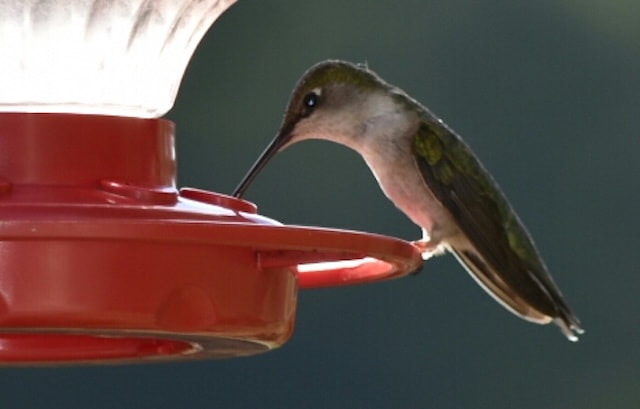
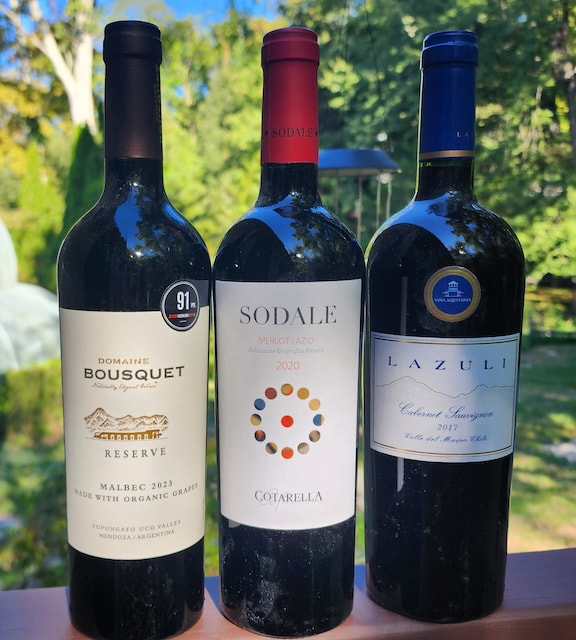
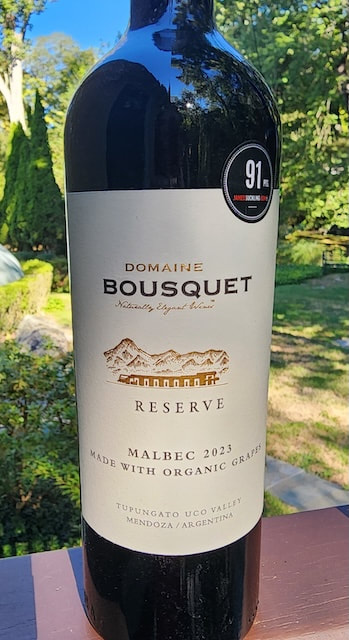
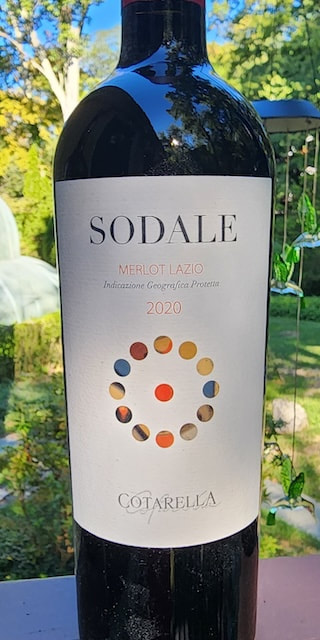
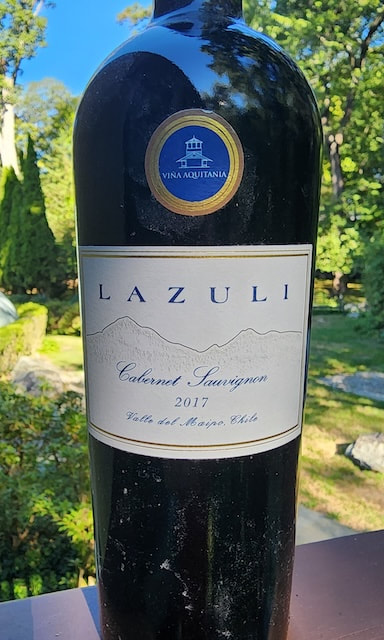
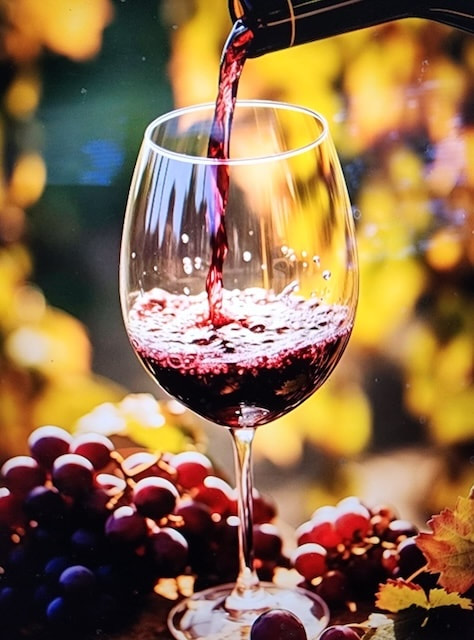
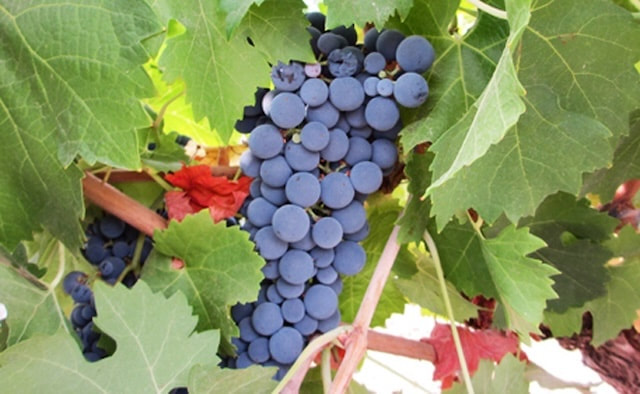
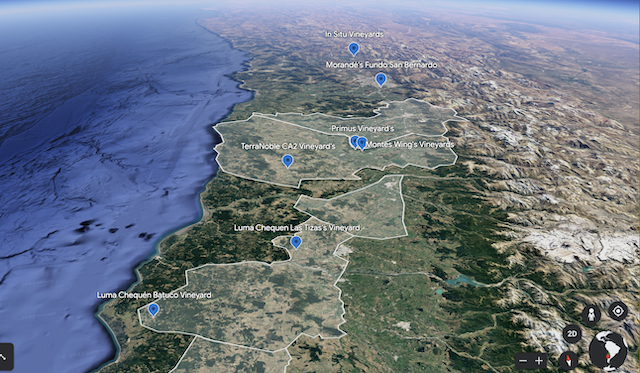
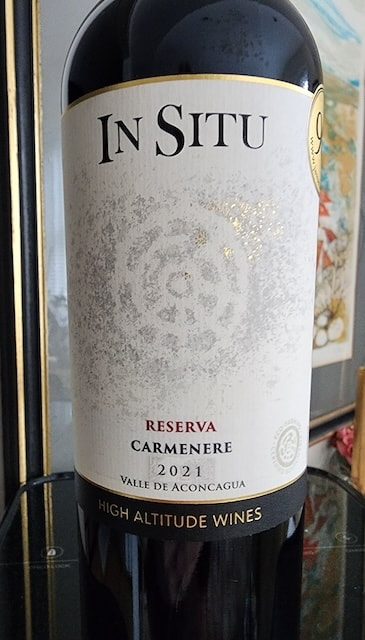
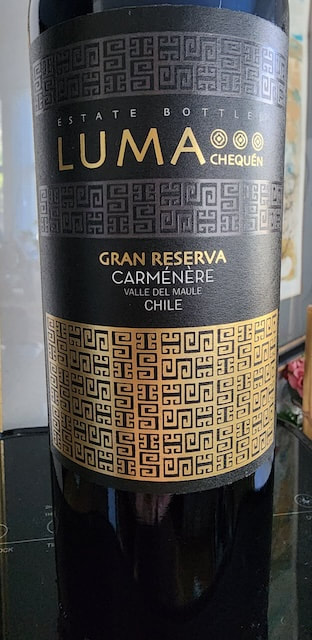
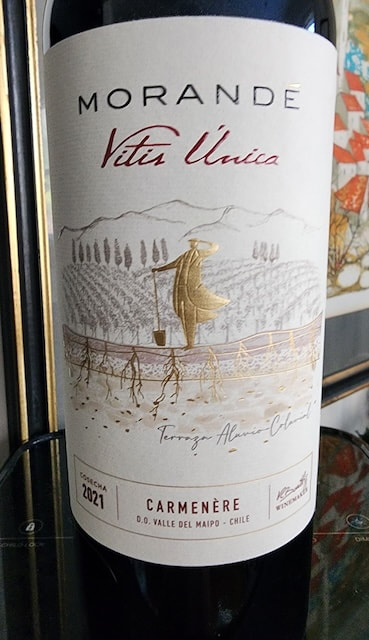
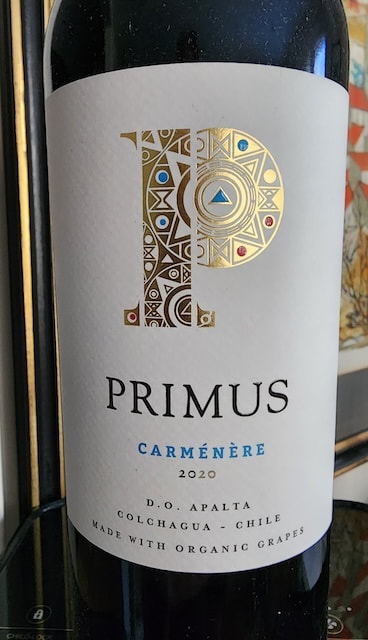
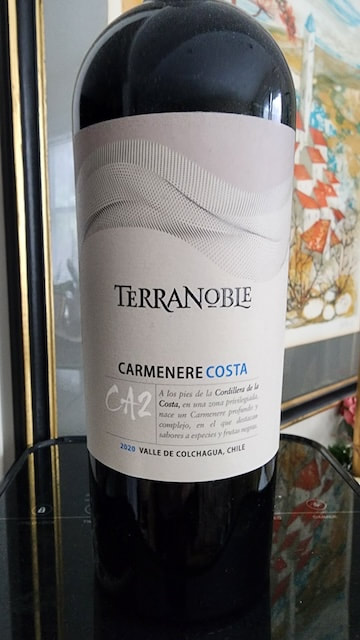
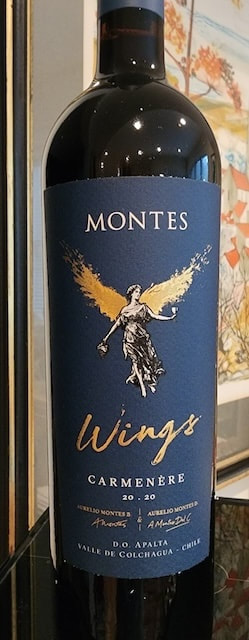
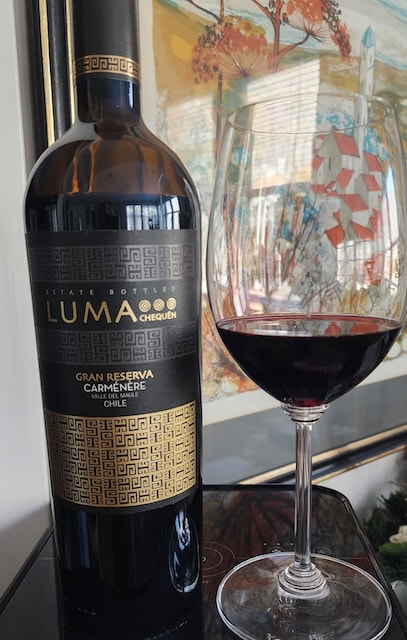
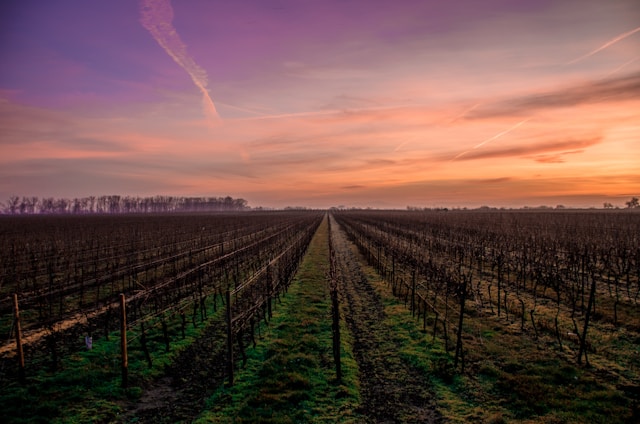
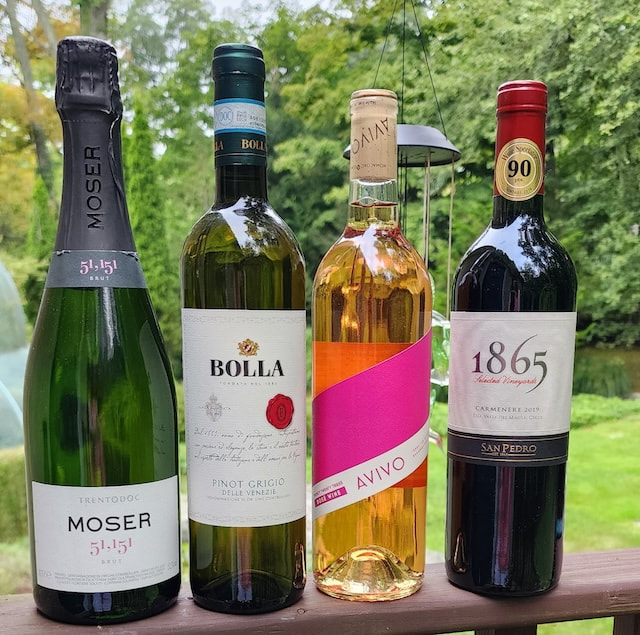
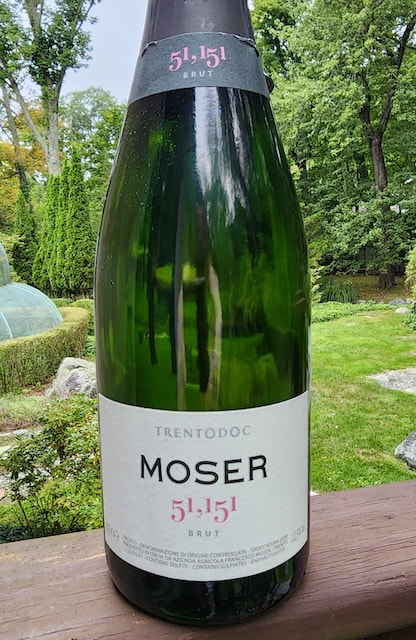
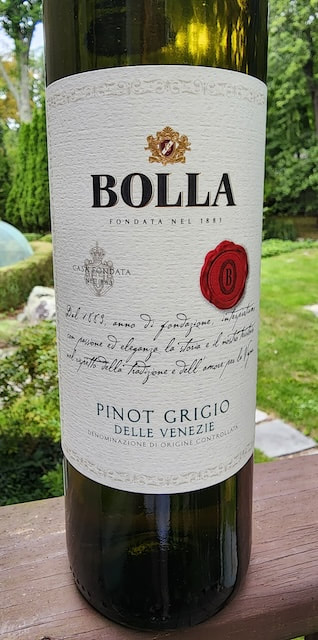
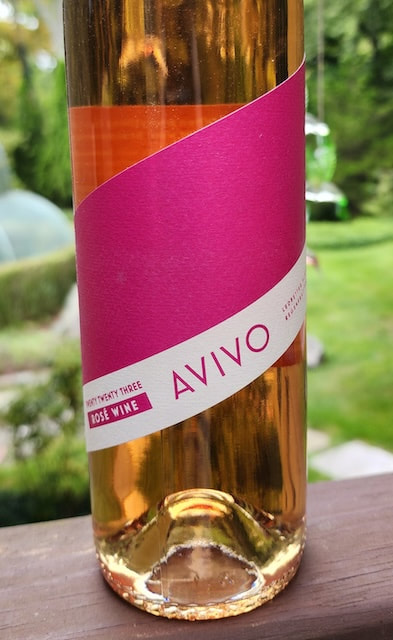
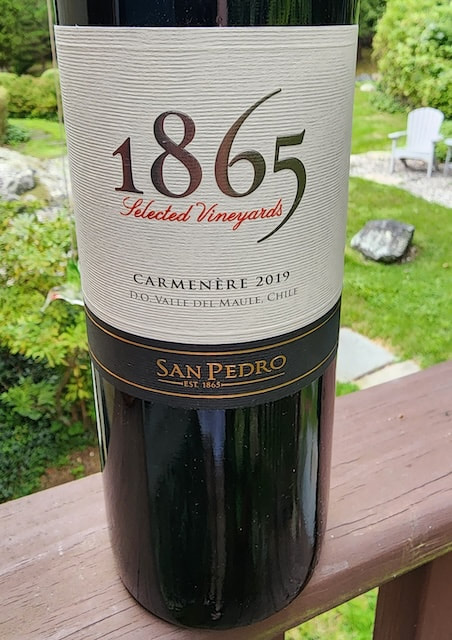
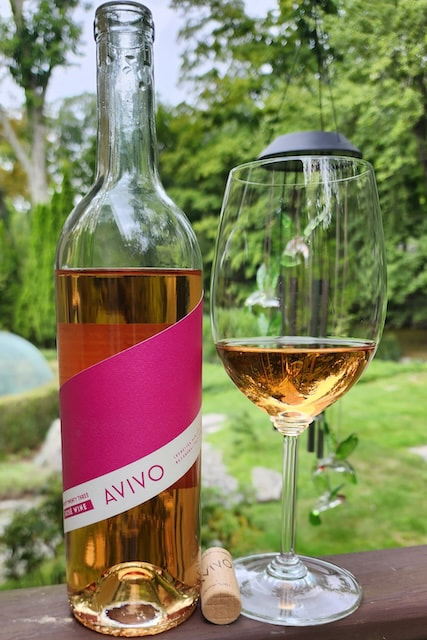
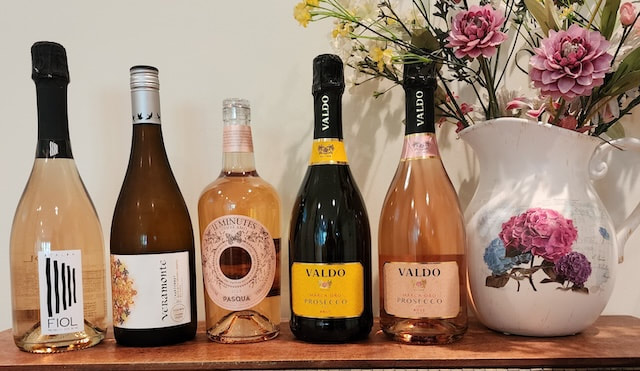
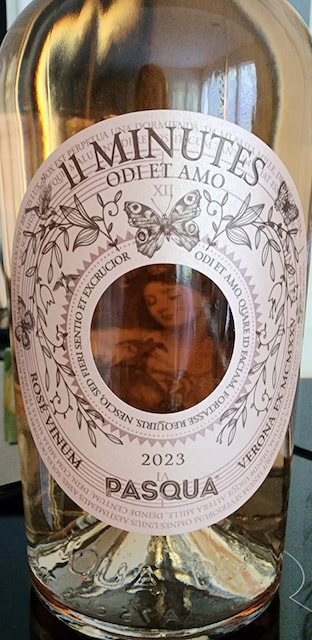
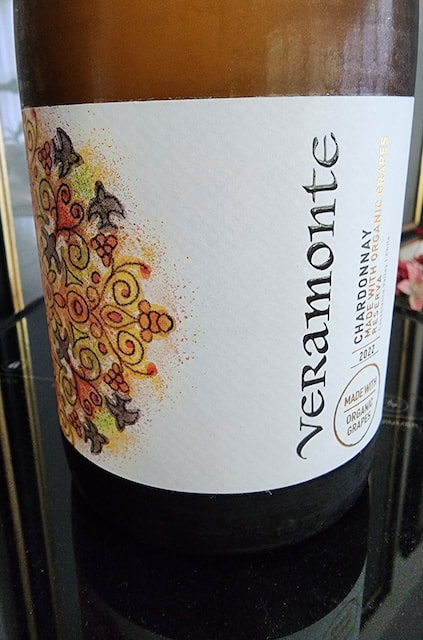
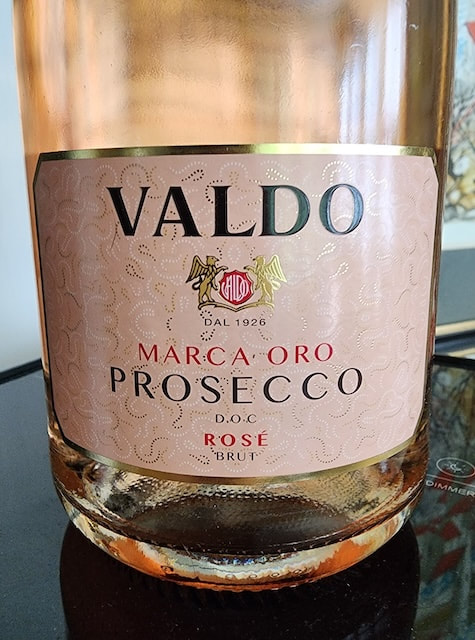
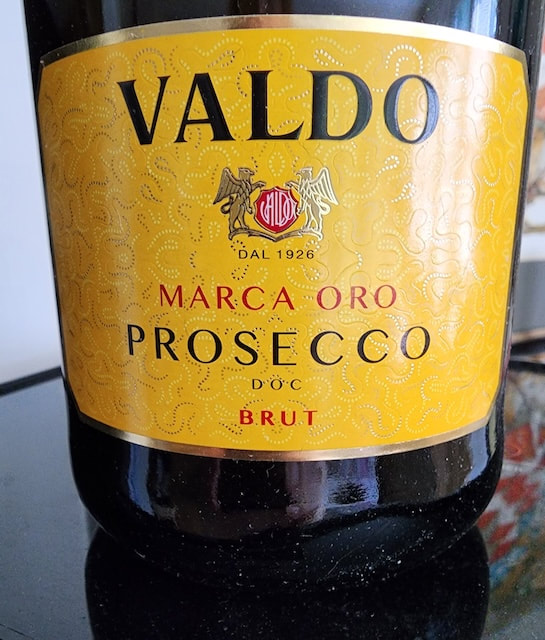
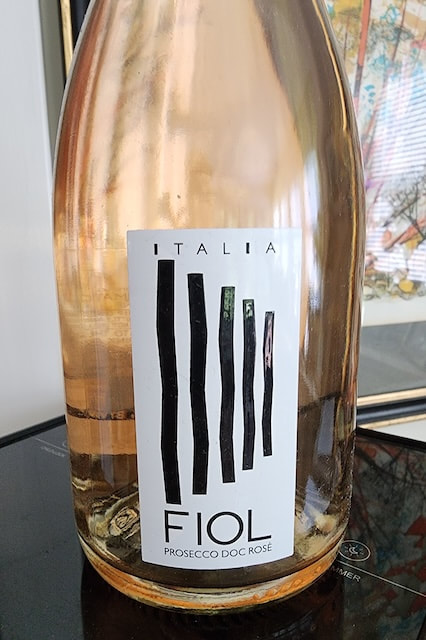

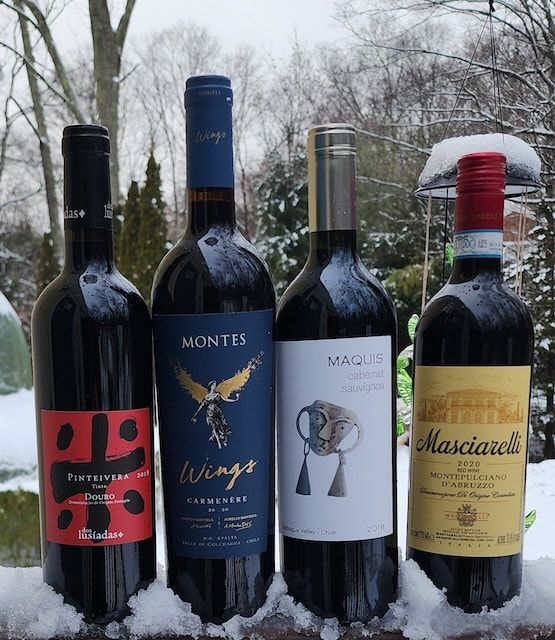
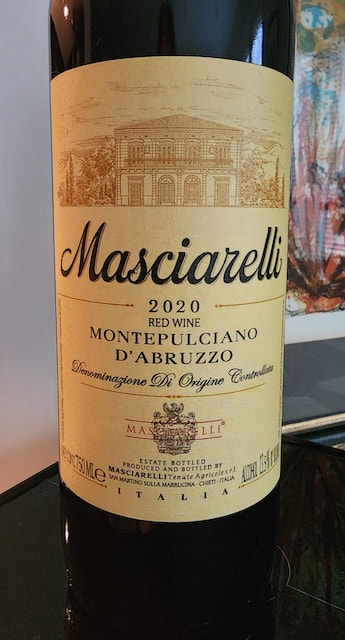
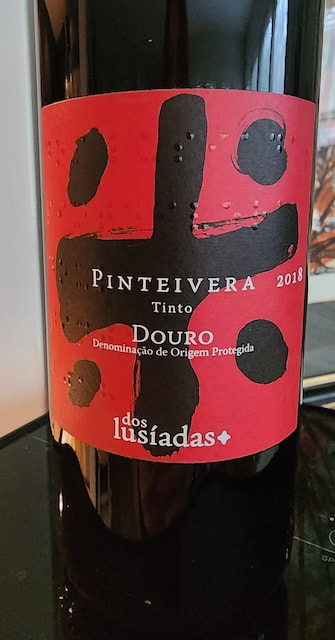
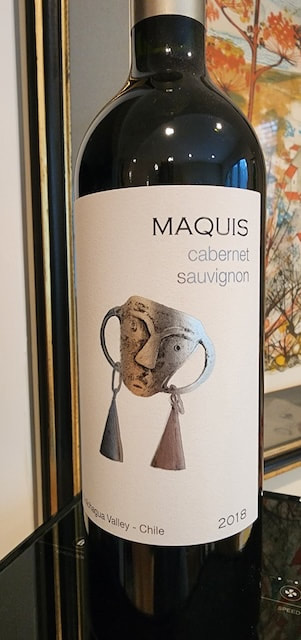
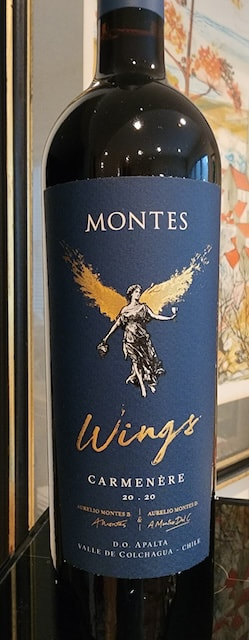
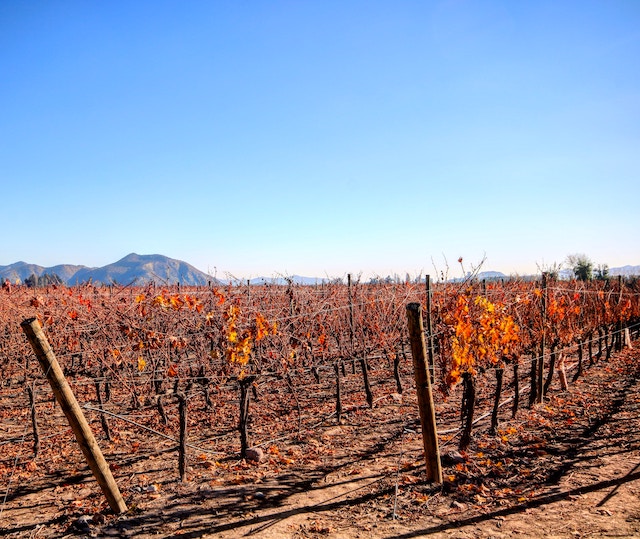
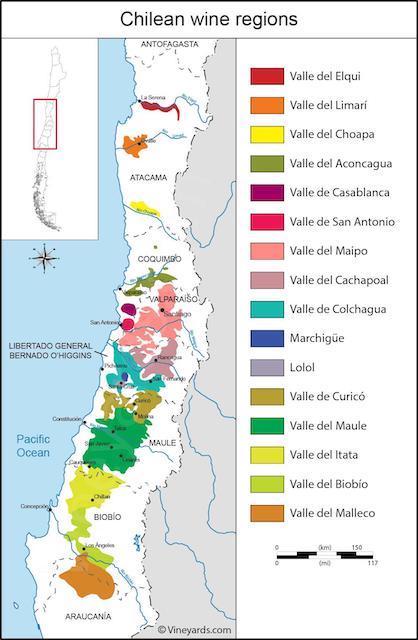
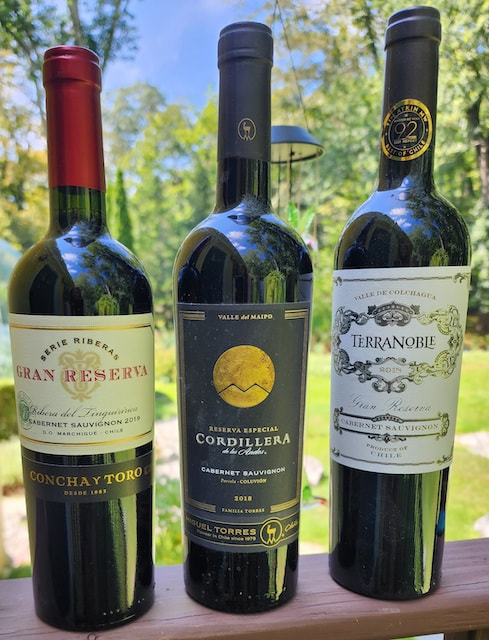
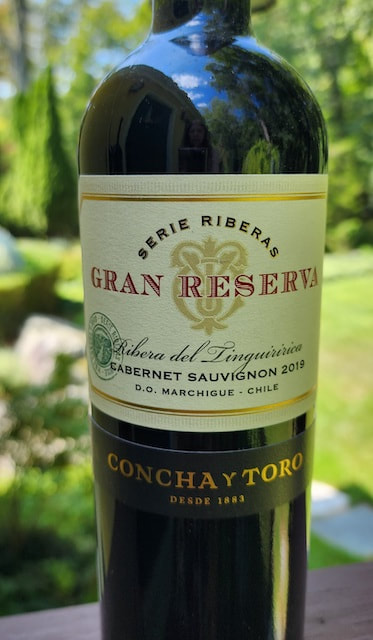
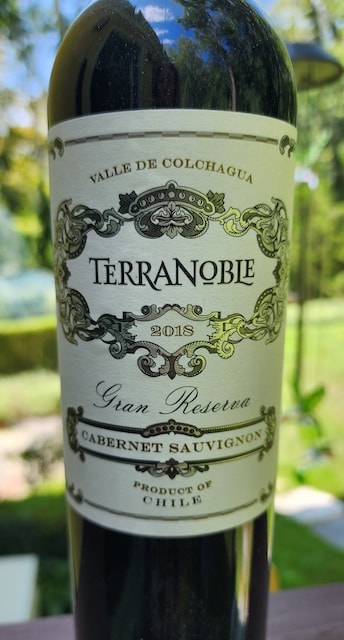
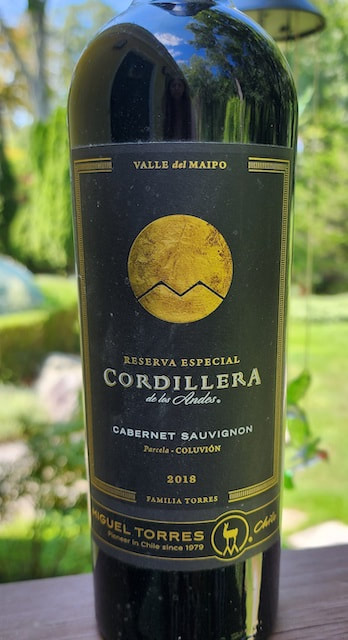
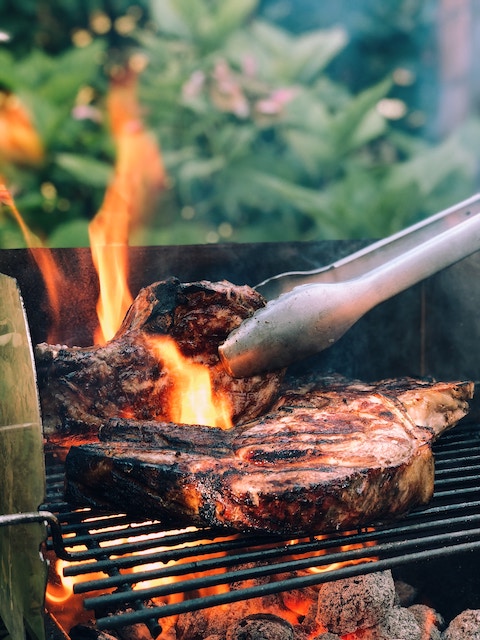
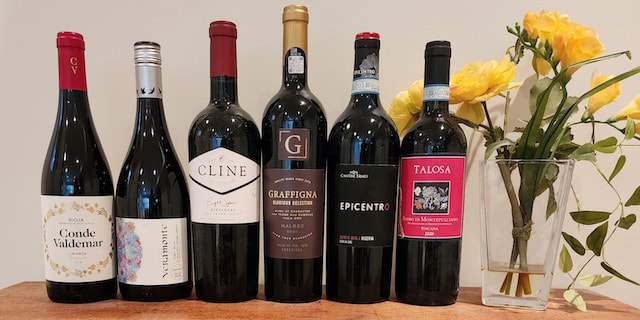
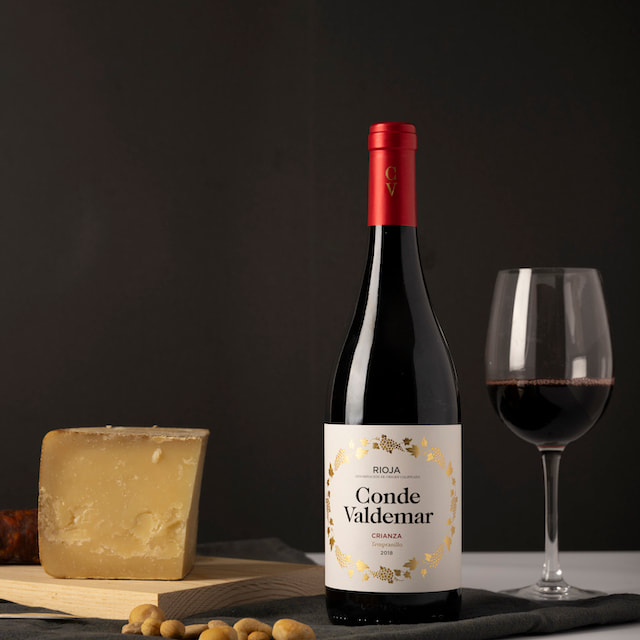
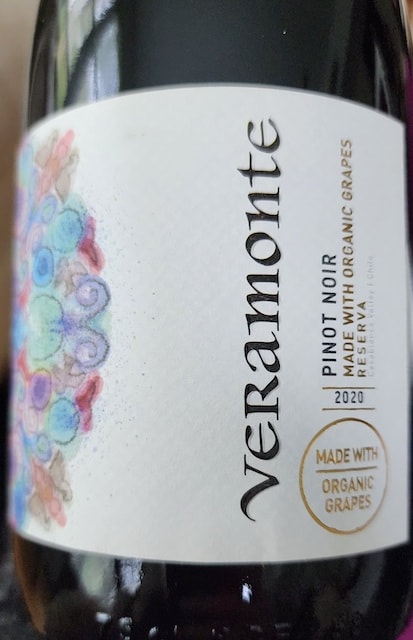
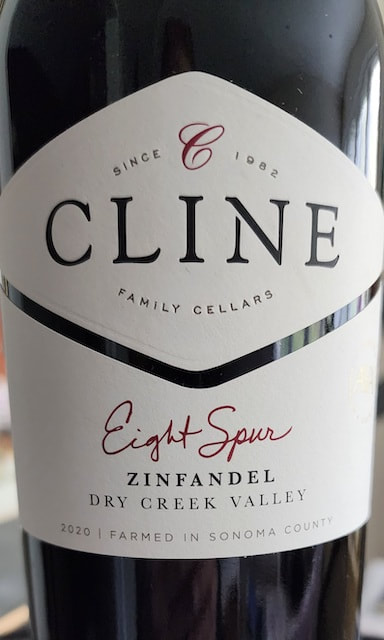
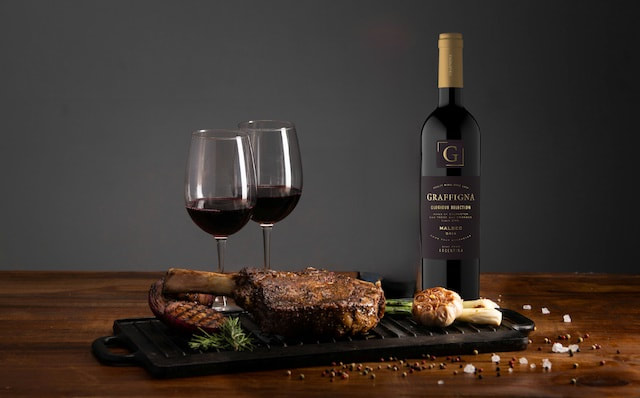
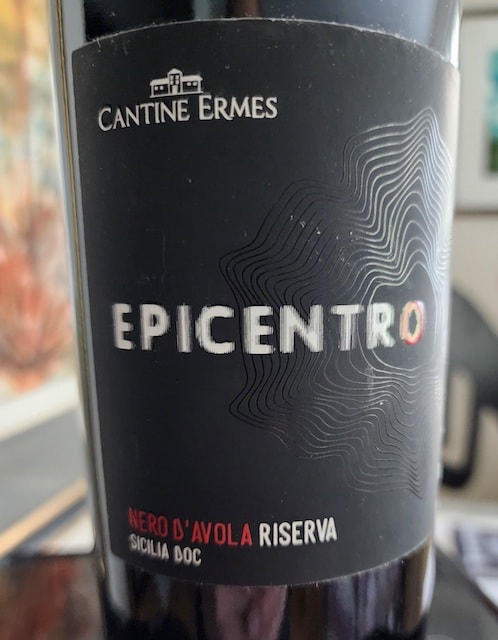
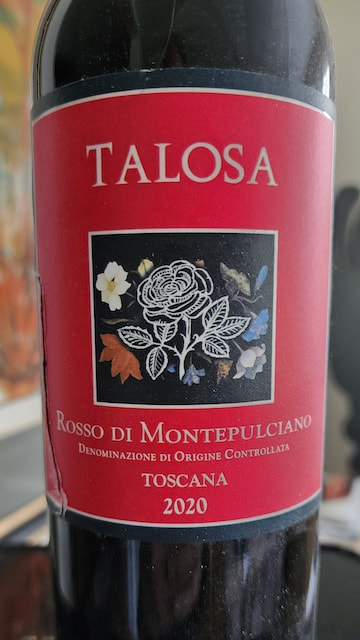
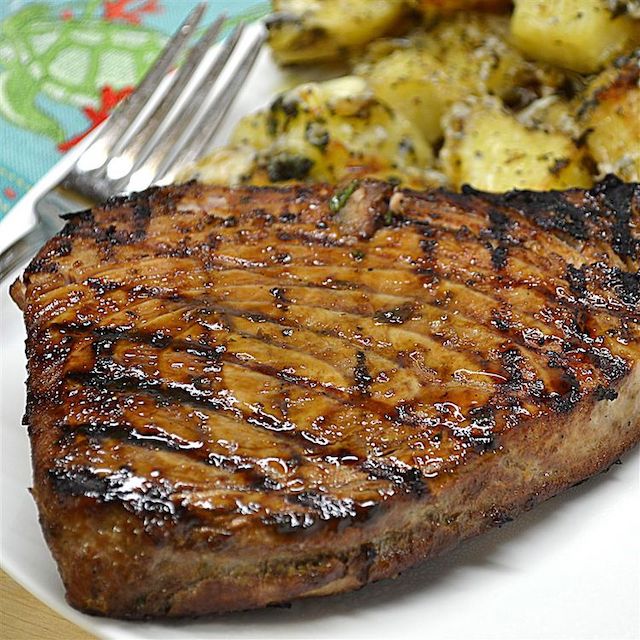
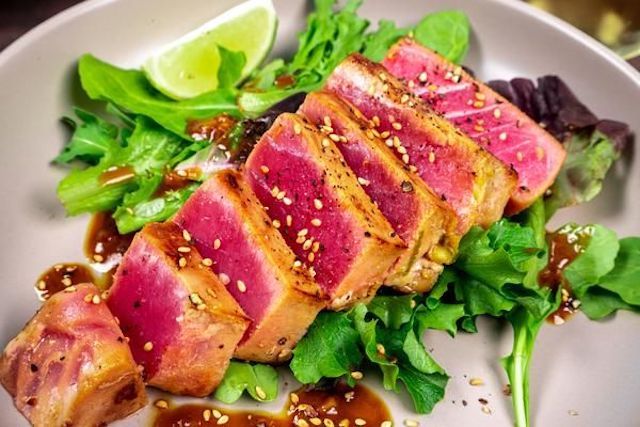
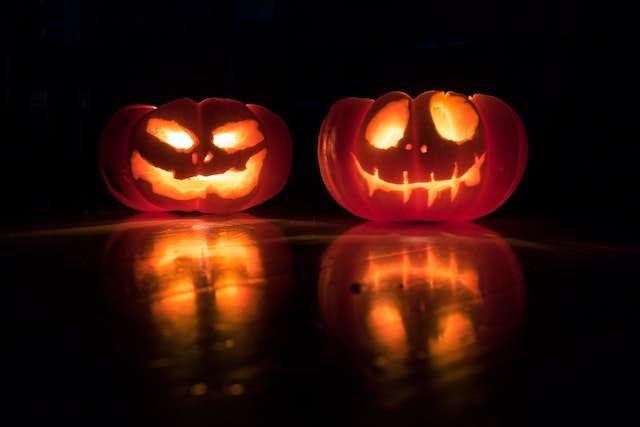
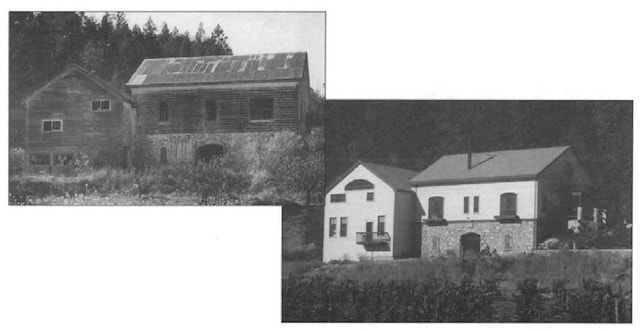
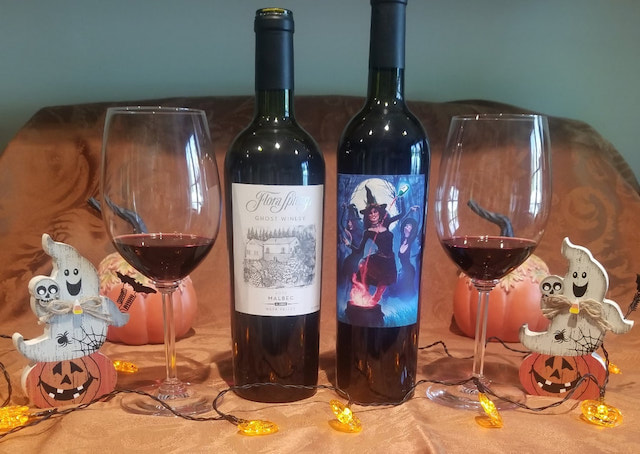
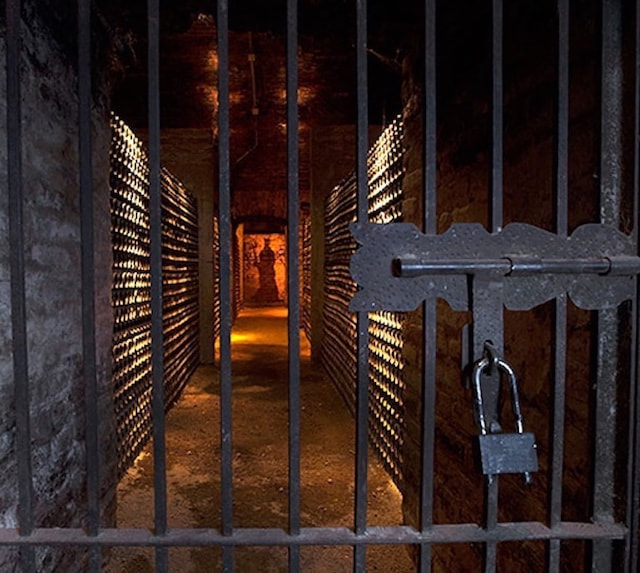

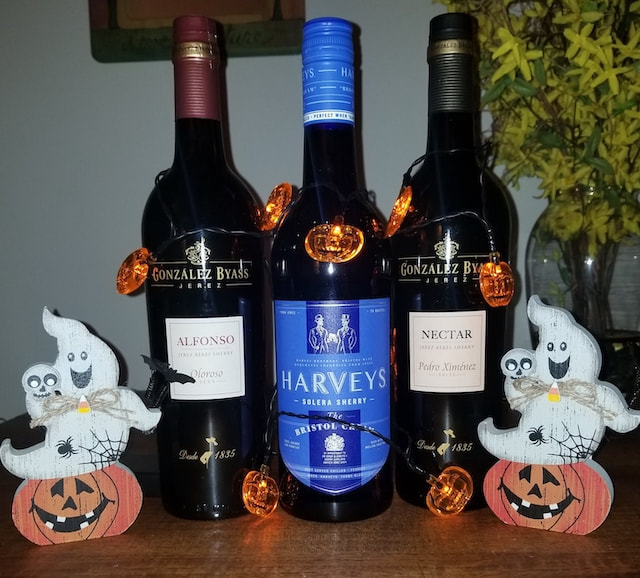
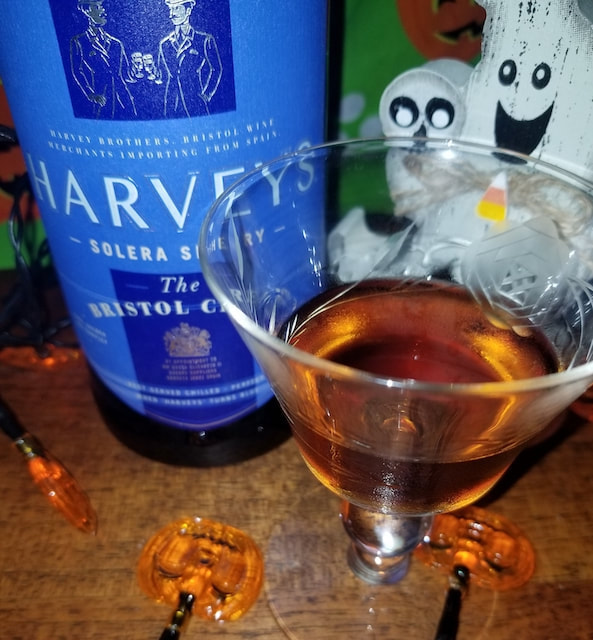
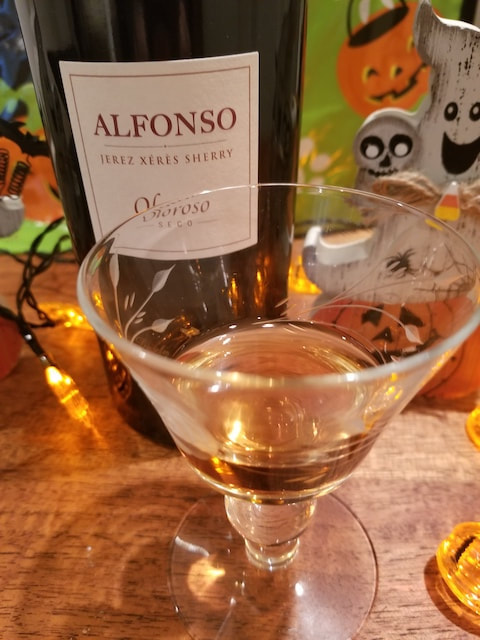
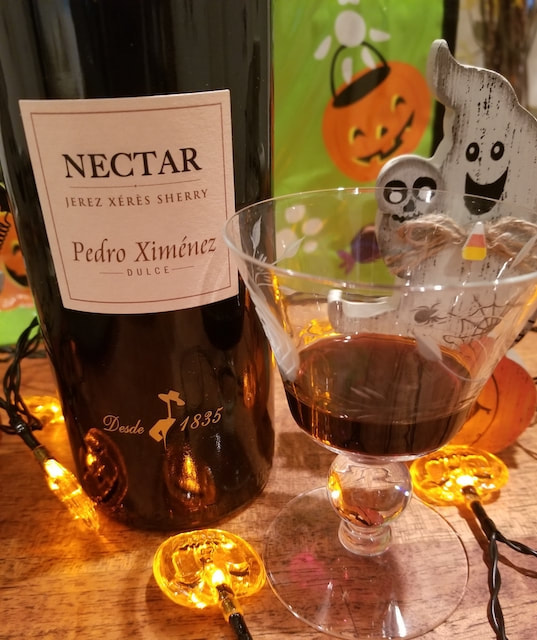
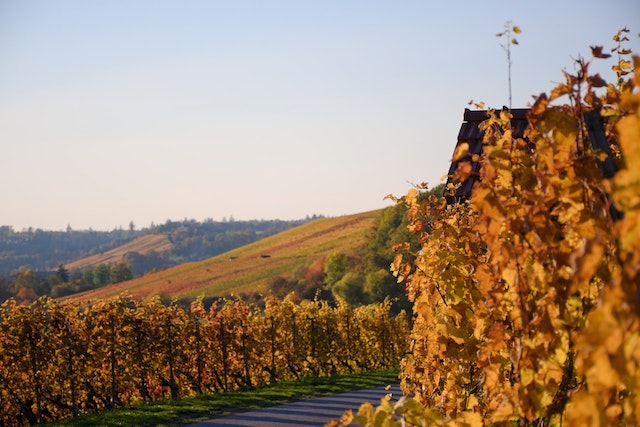
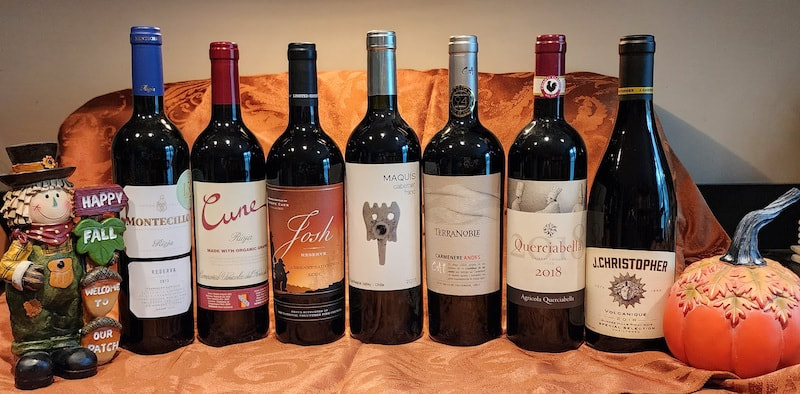
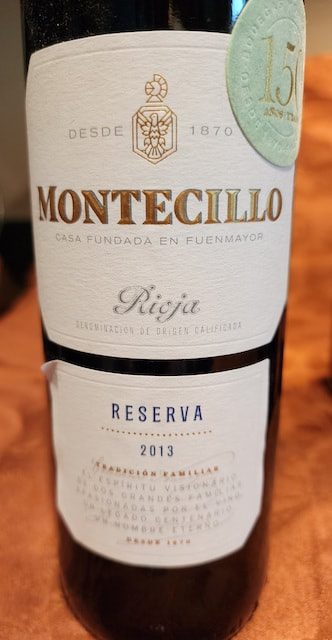
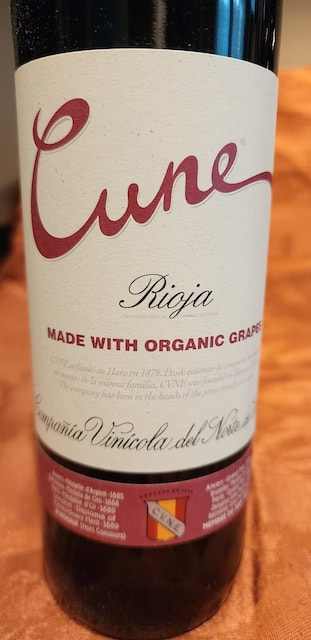
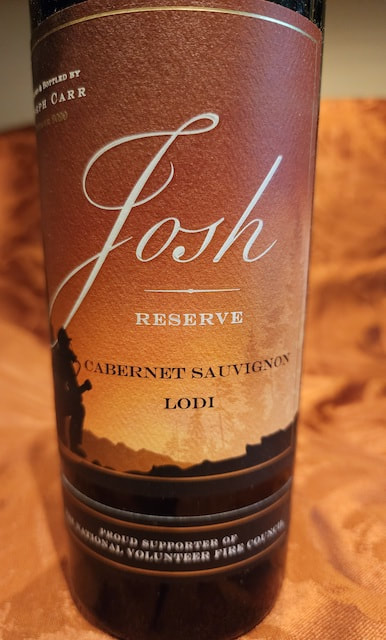
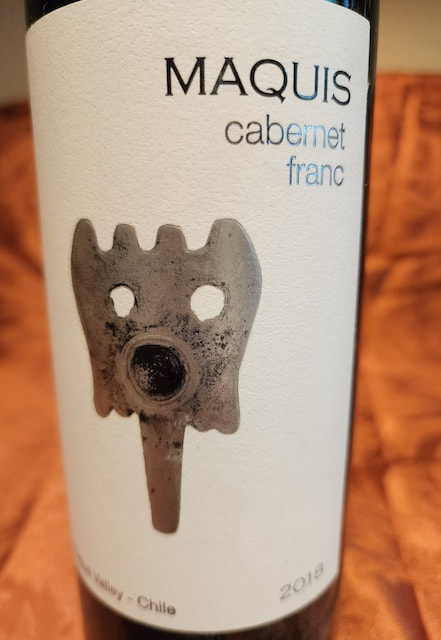
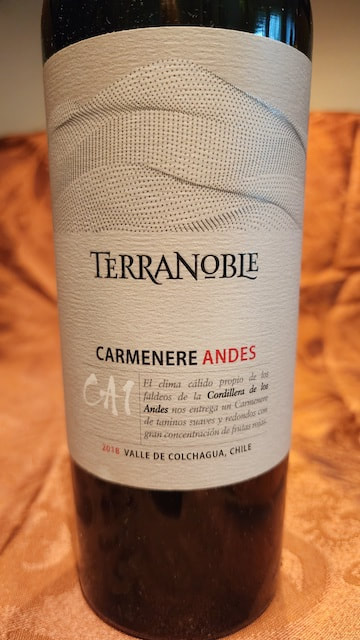
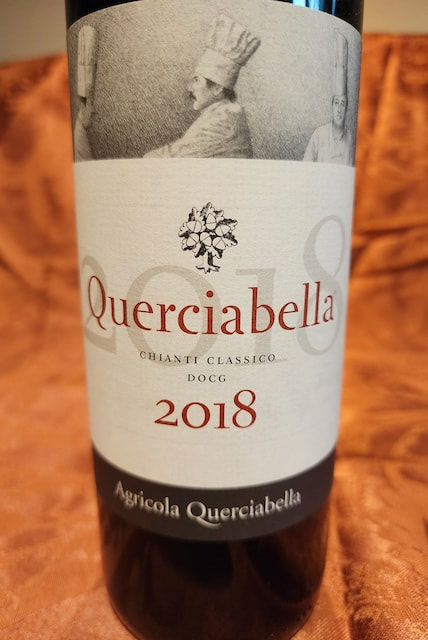
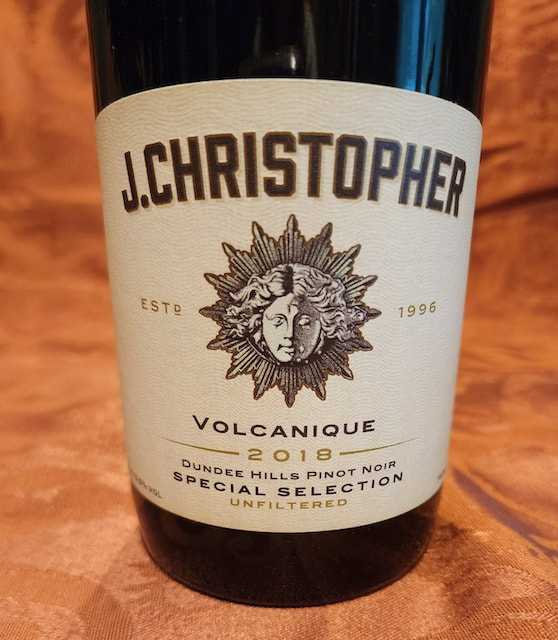

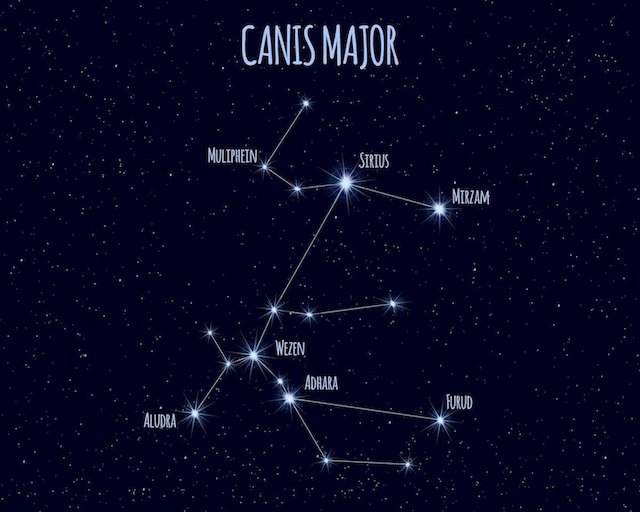
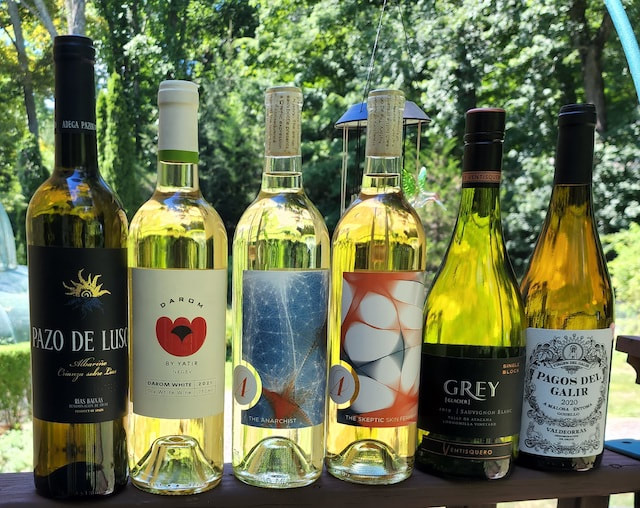
 RSS Feed
RSS Feed